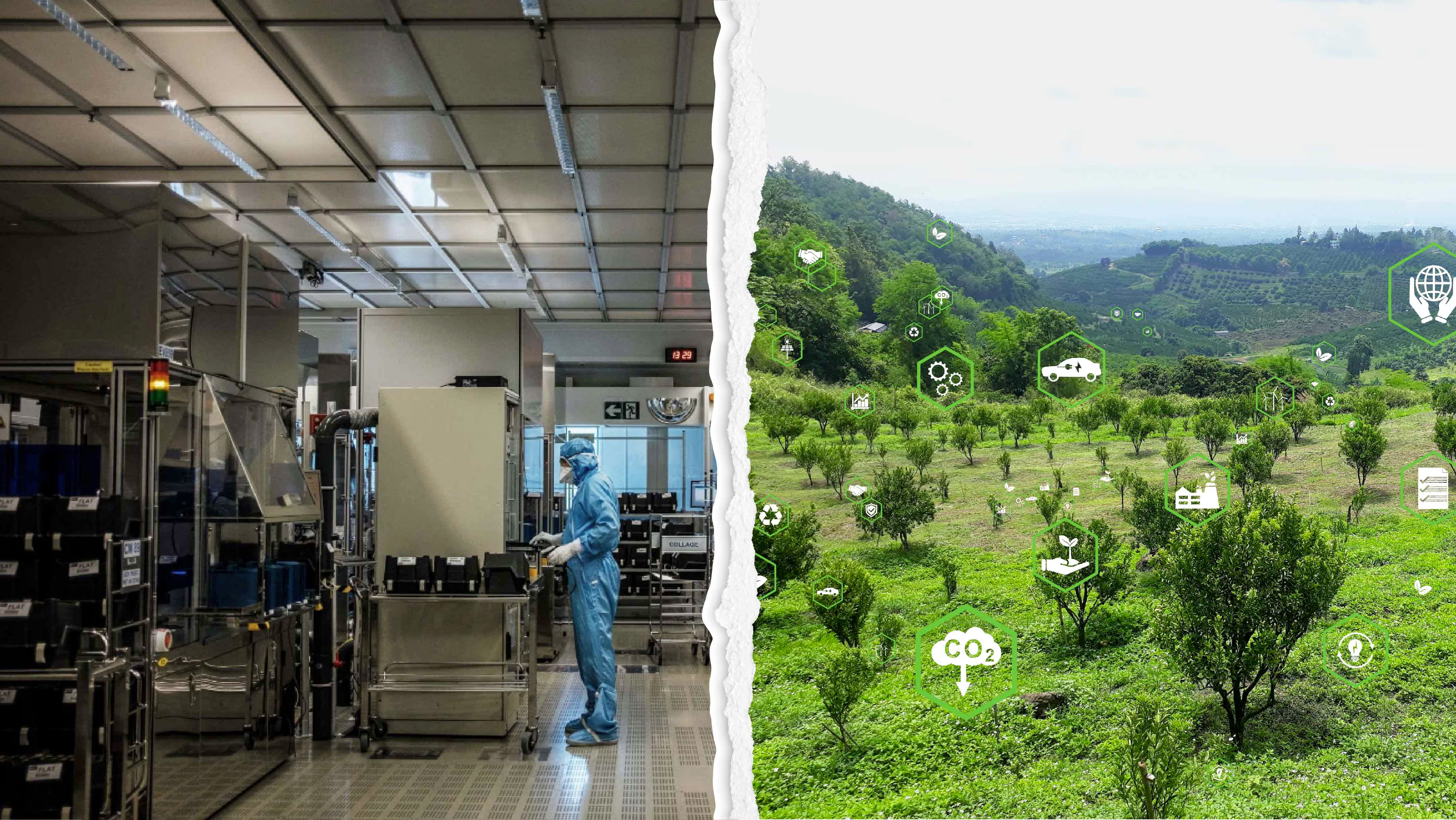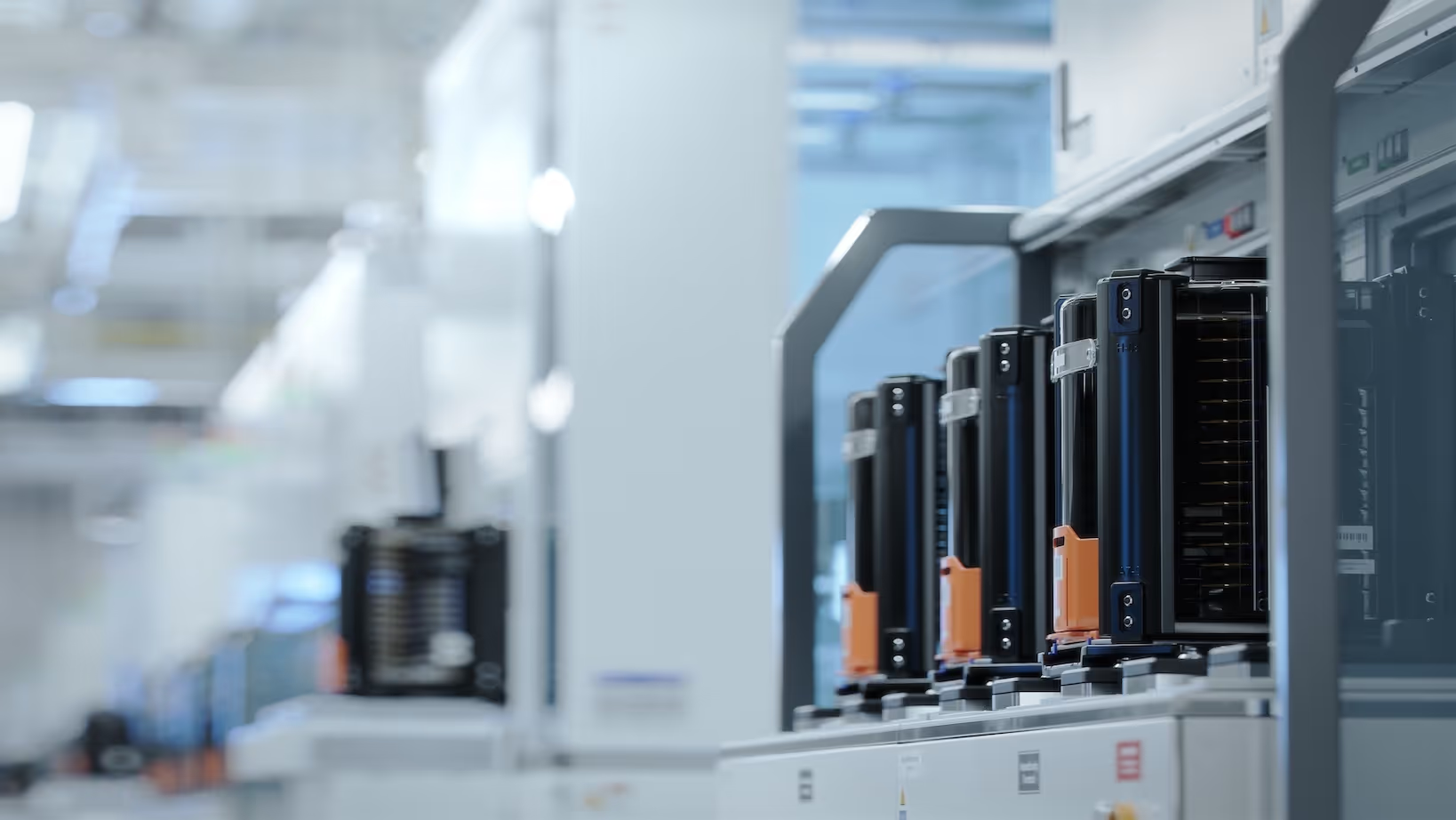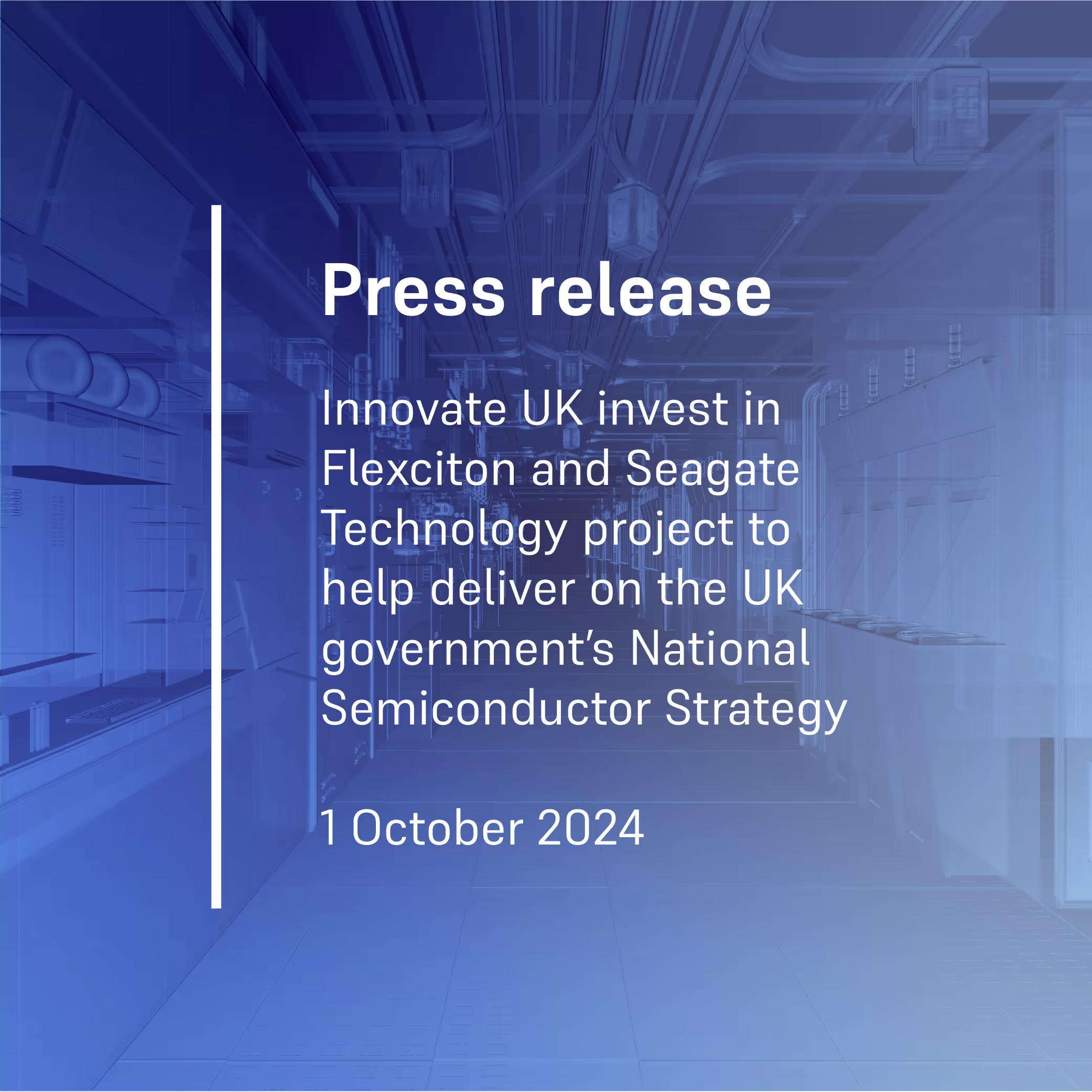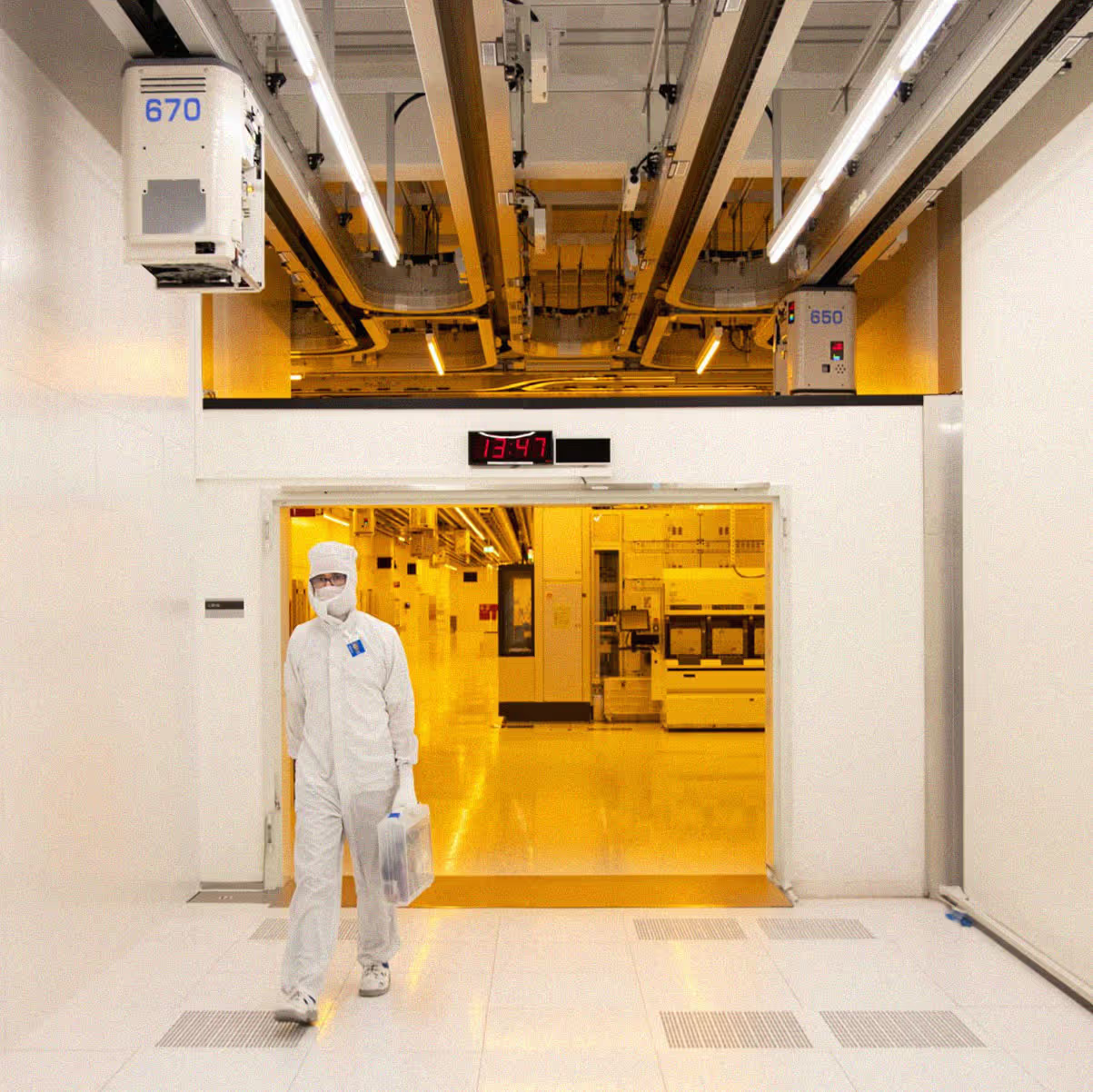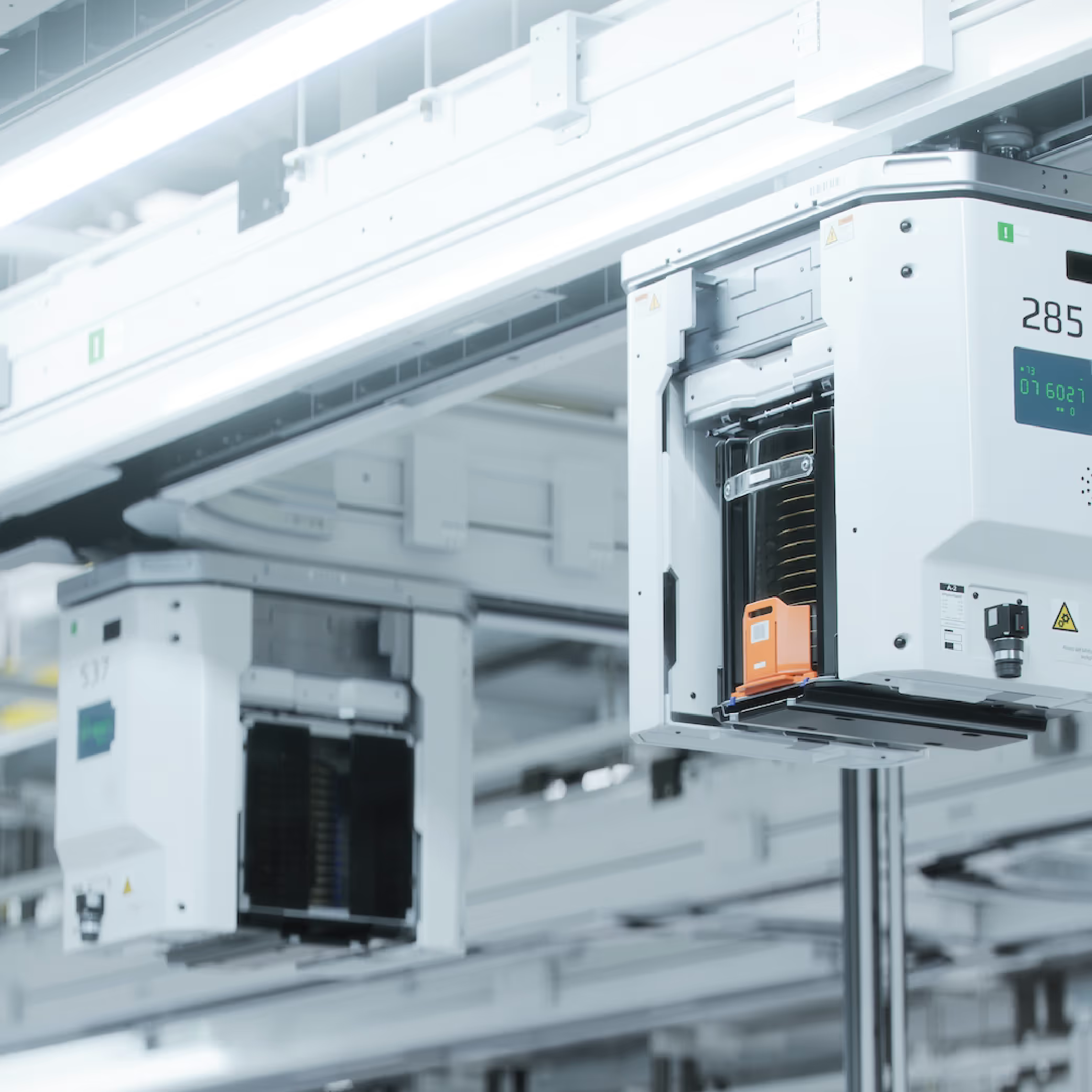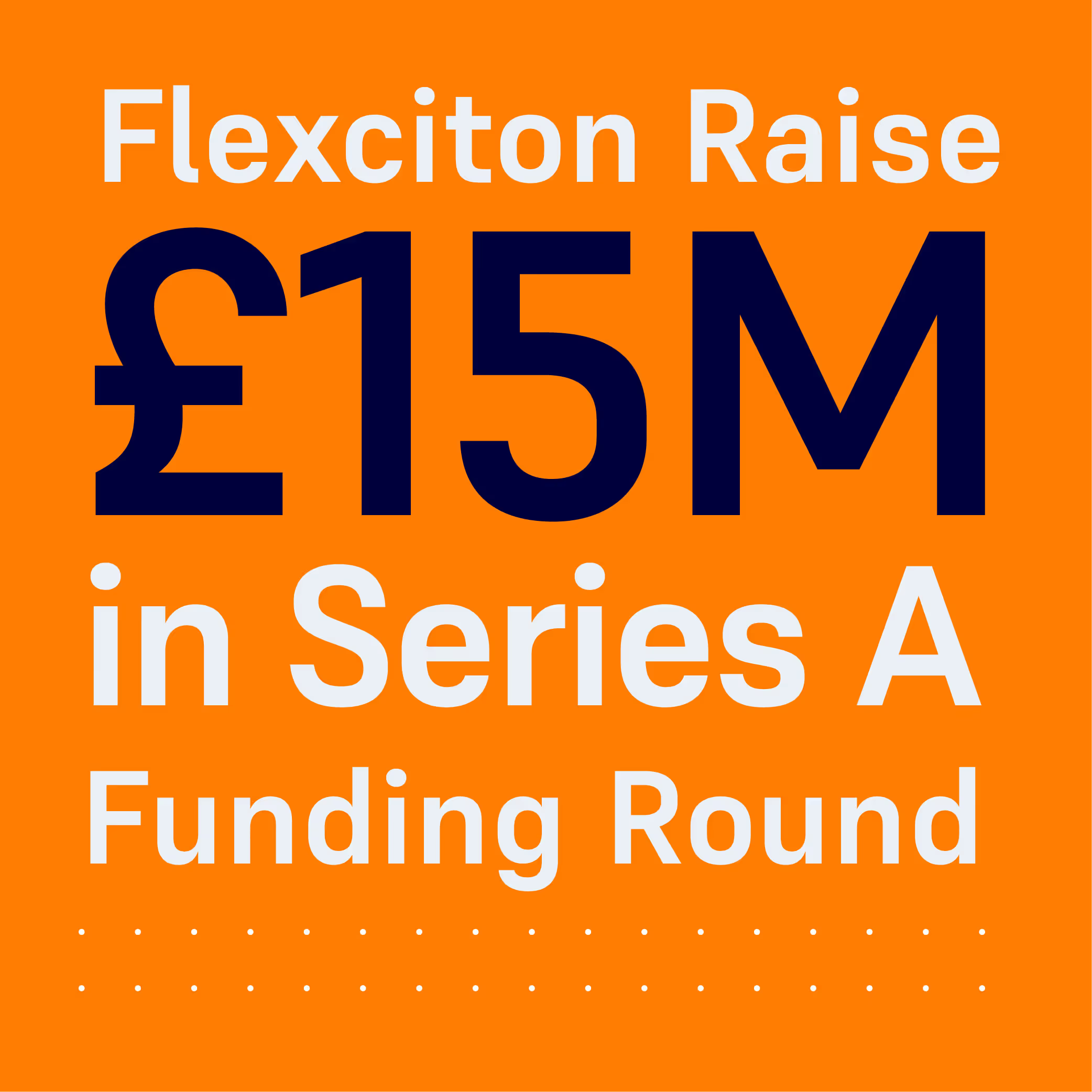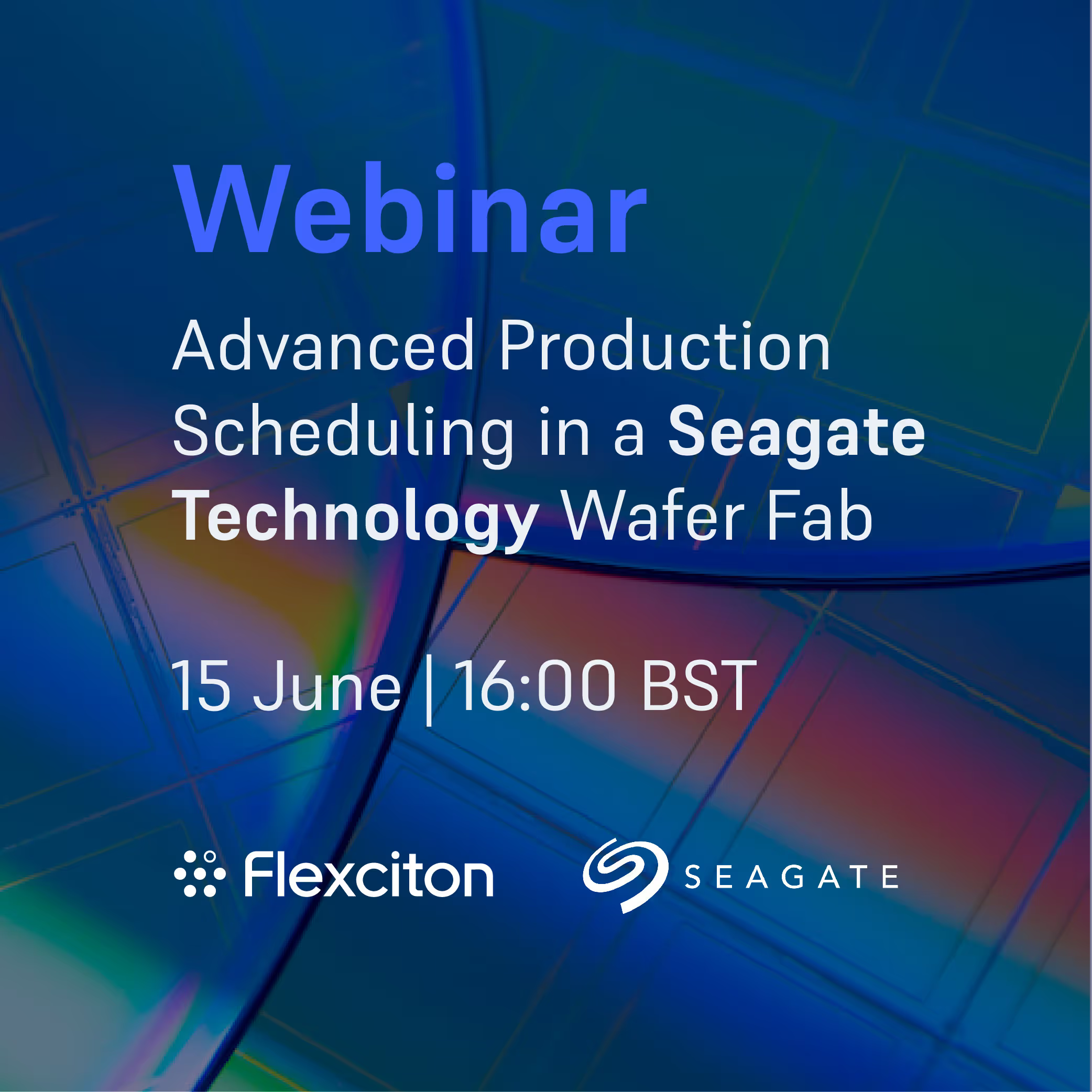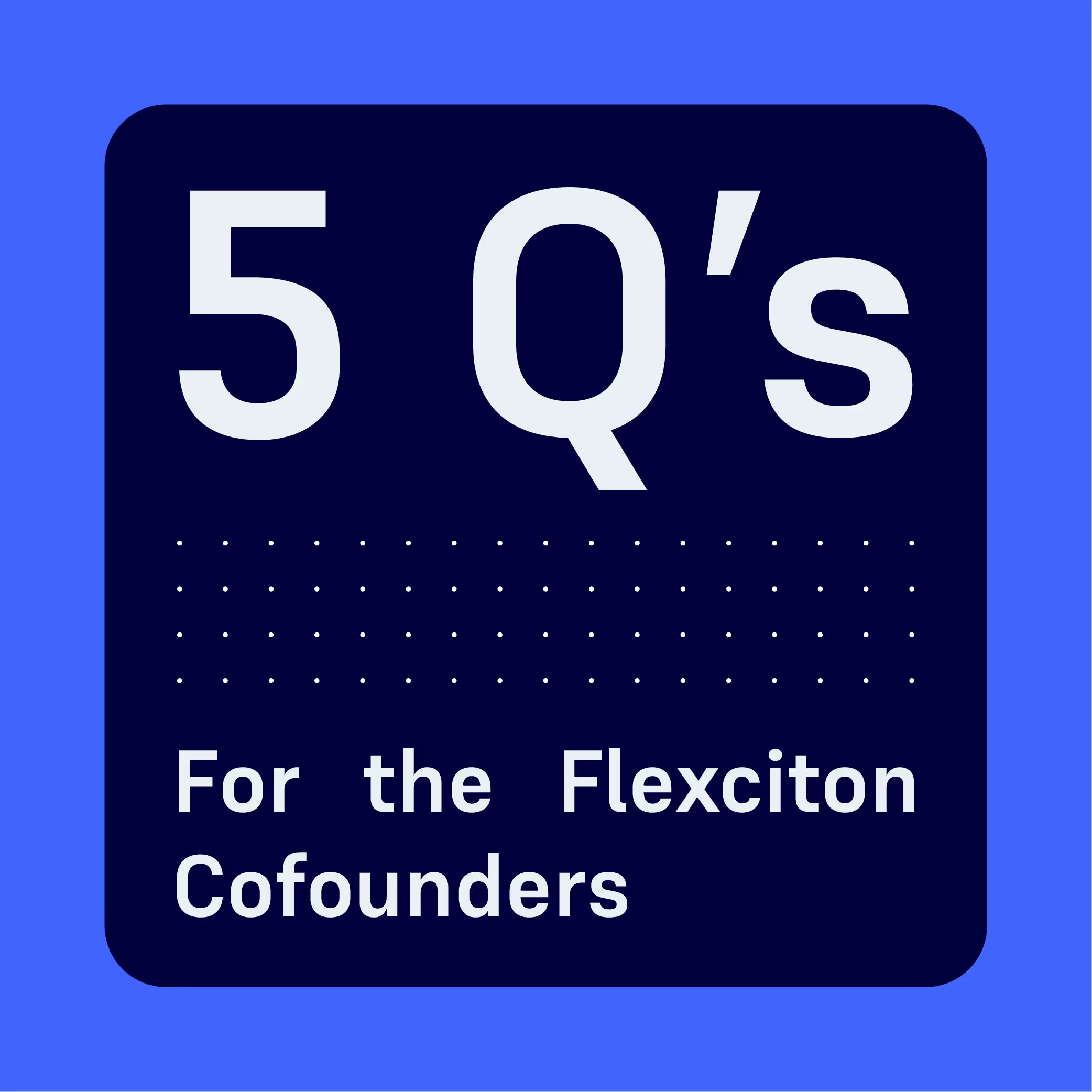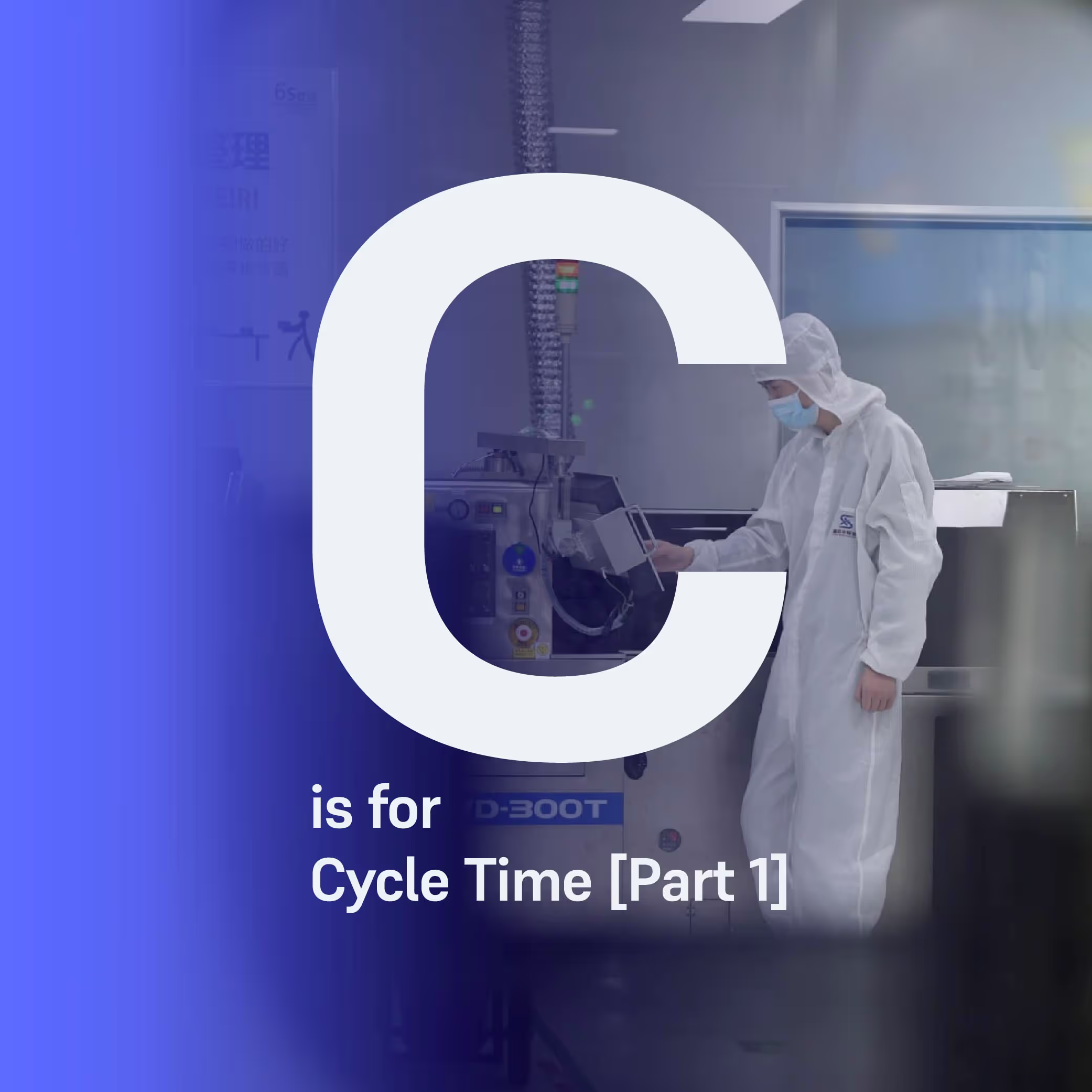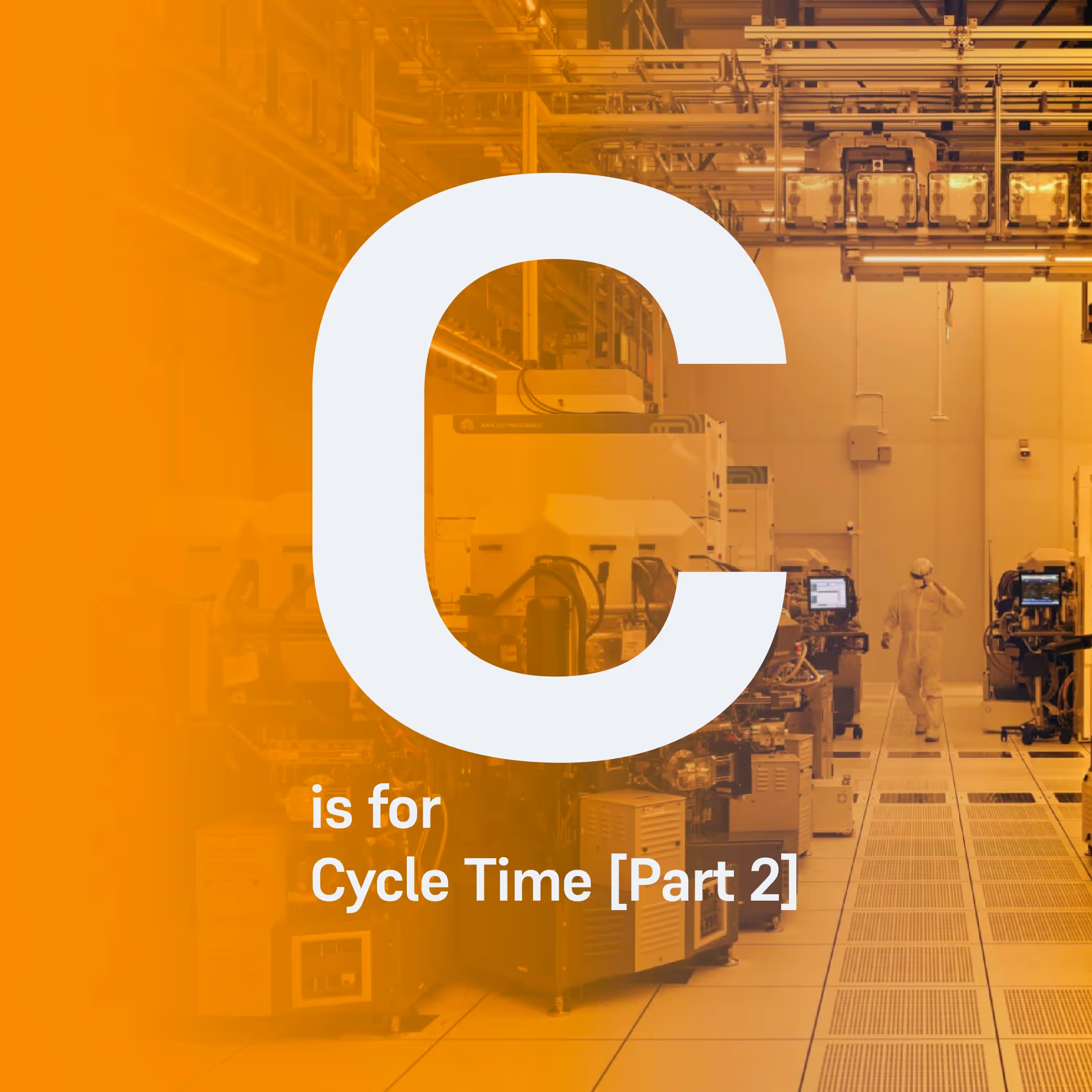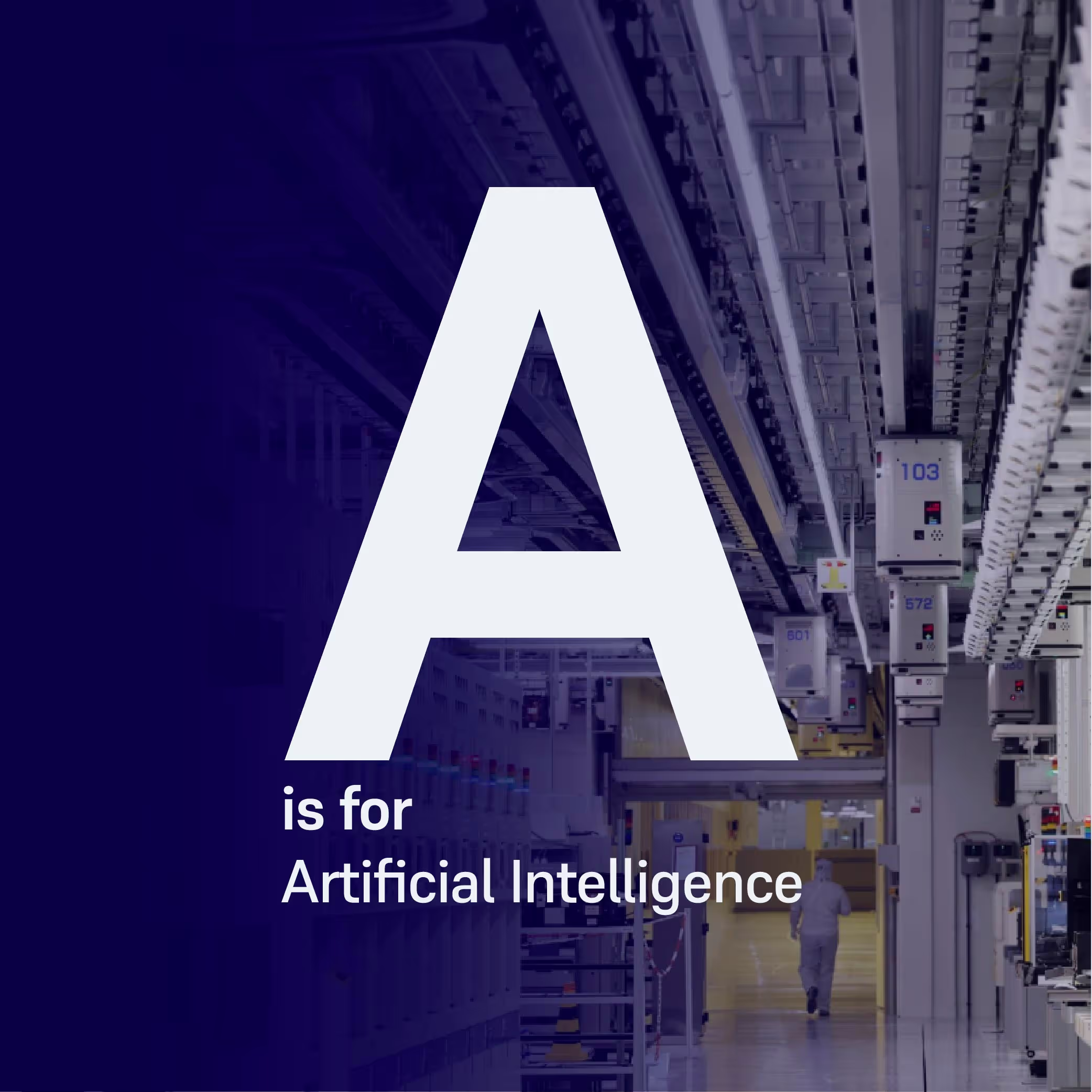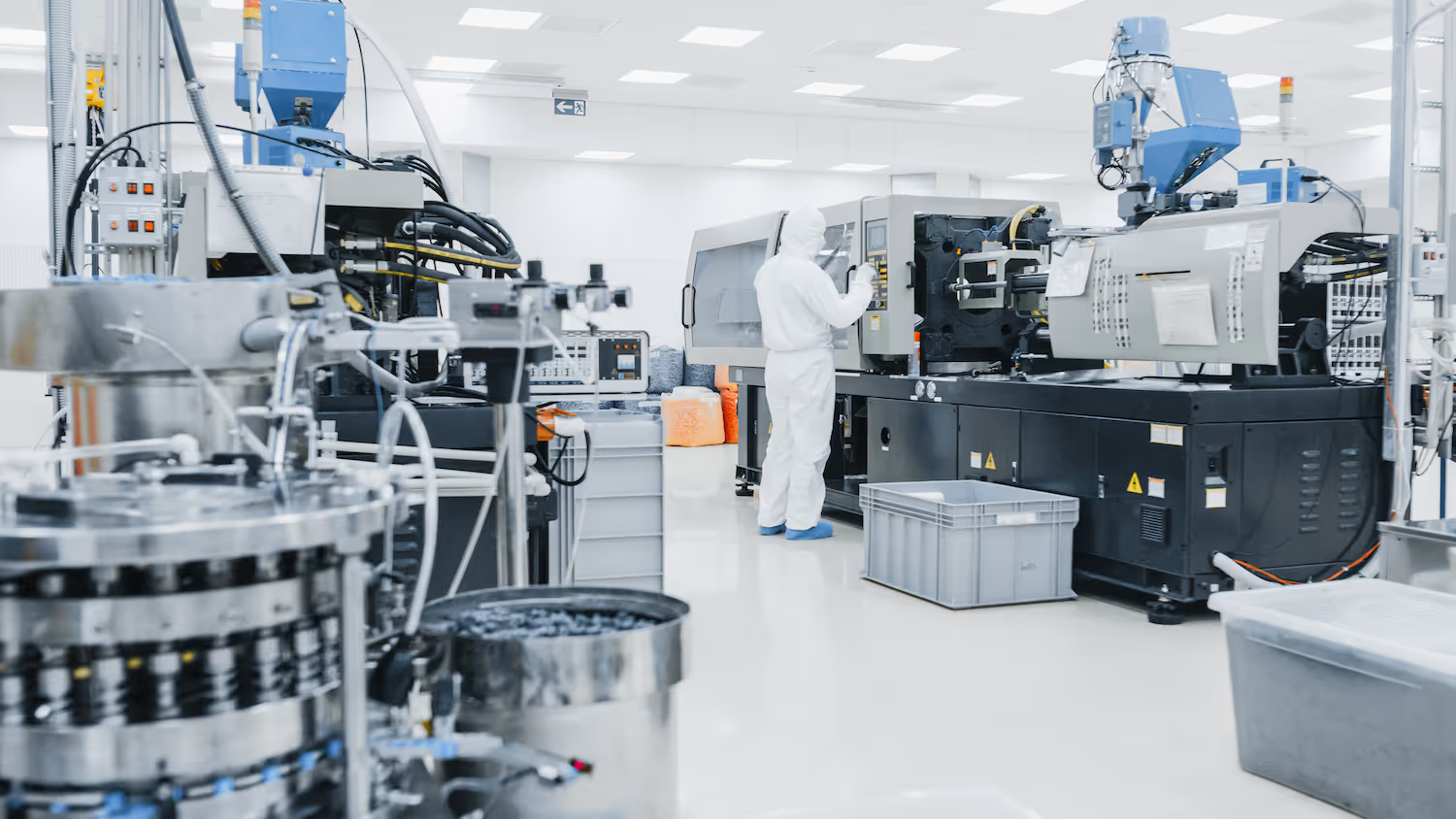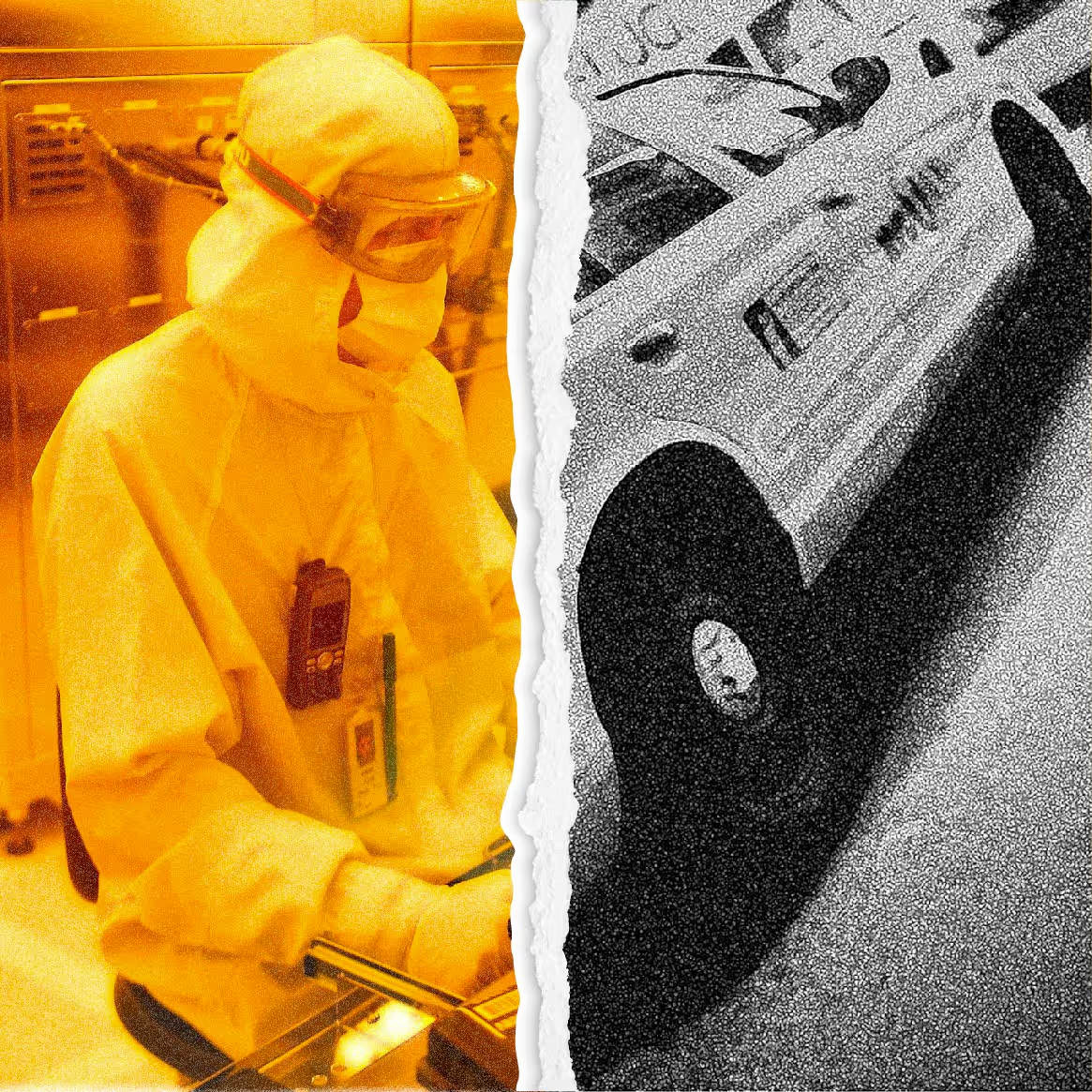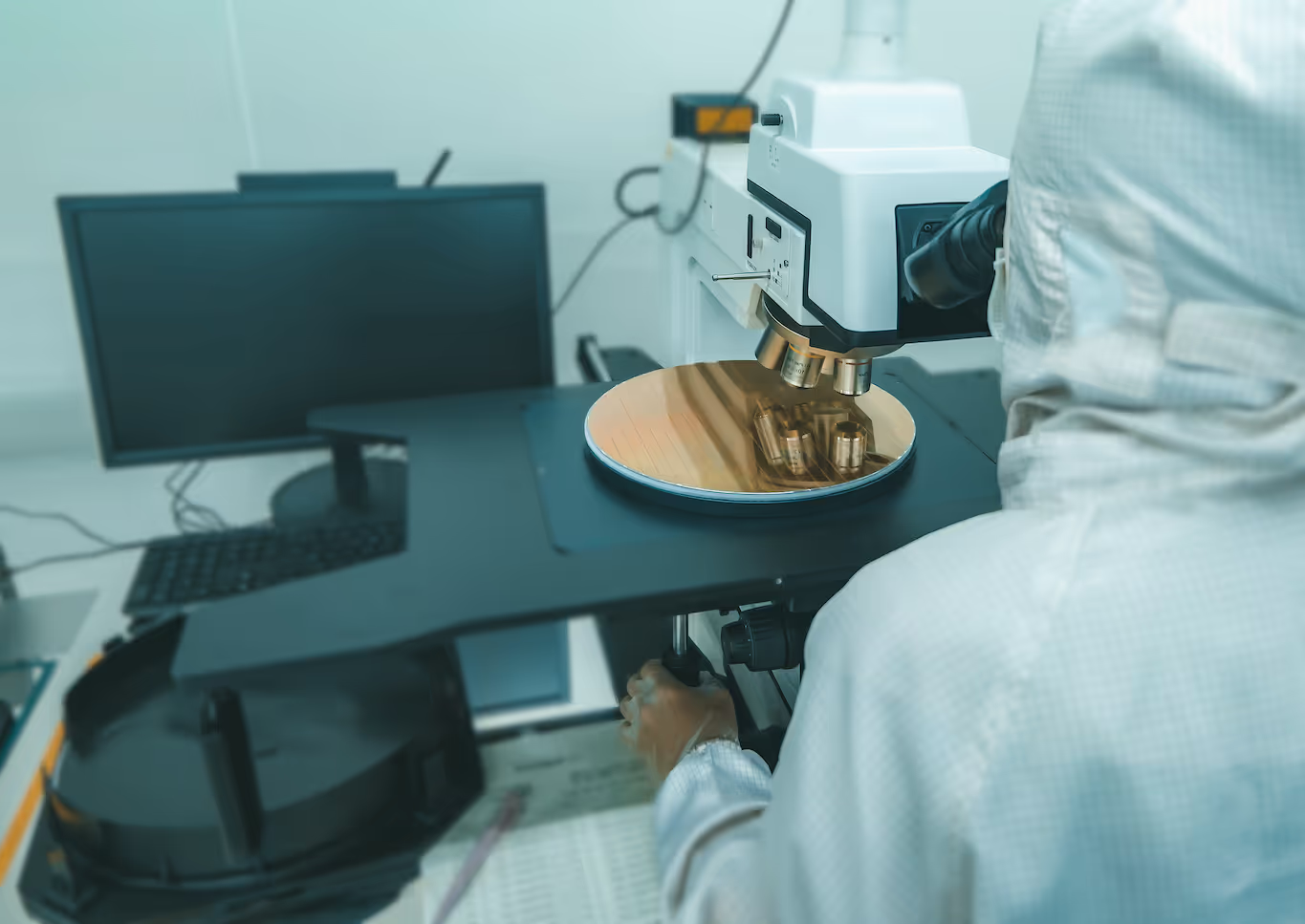Accelerating the Future Panel Discussion: Key Takeaways from Industry Leaders
Staying ahead in smart manufacturing technologies has become paramount for global competitiveness. This topic was the focal point of the recent panel discussion webinar hosted by Flexciton.

The semiconductor industry's journey toward fully autonomous manufacturing is underway, driven by advanced technologies and strategic investment. Staying ahead in smart manufacturing technologies has become paramount for global competitiveness. This topic was the focal point of the recent panel discussion webinar, hosted by Jamie Potter, Flexction CEO & Cofounder. The panel featured industry leaders representing fabs and suppliers: Matthew Johnson, VP of Wafer Fab Operations at Seagate; Patrick Sorenson, Industrial Engineer at Microchip Technology; Francisco Lobo, CEO of Critical Manufacturing; and Madhav Kidambi, Technical Marketing Director at Applied Materials.
Survey Insights: Where Are We Now?
The panel discussion was initiated with a presentation of the findings from Flexciton's inaugural Front End Manufacturing Insights survey, conducted among fabs in the US, Europe, and Asia. Key takeaways included:
- A majority of respondents see autonomous manufacturing as achievable within the next decade.
- Data standardization and integration remain major barriers, delaying scalable solutions.
- Cloud computing, IoT and Mathematical Optimization stand as the top three advanced technologies that fabs have adopted so far.
These insights laid a strong foundation for a lively discussion, highlighting the shared vision while addressing divergent strategies and challenges.
Insights from Industry Experts
Pragmatism Over Perfection in Data Models
Francisco Lobo emphasized the importance of starting with what’s available when building scalable solutions.
“Instead of building a complete model from scratch, leverage existing standards and your MES infrastructure. Begin with a pragmatic approach and evolve as you learn.”
This iterative strategy ensures companies can start deriving value early, without waiting years for a perfect model to be developed.
Strategic Investments In Downturns
While many fabs postpone investments during downcycles, Matthew Johnson emphasizes that smart manufacturing investments should be continuous rather than cyclical. He highlighted the strategic advantage of such approach:
“In down cycles, you often need these solutions the most. For example, using smart manufacturing to scale metrology tools through sampling can significantly stretch your existing resources without capital-heavy investments.”
His insight underscores how downturns provide a window to refine processes for long-term gains.
Getting Leadership Buy-in
Securing leadership support for smart manufacturing investments remains challenging when benefits aren't immediately apparent. Patrick Sorenson shares that the ROI justification was easier during the recent upcycle:
"If we just get a few more lots out of the fab when we have more demand than capacity, that will pay for itself."
In other scenarios, focus on demonstrating benefits through yield improvements, capital avoidance, or labor efficiency.
Industry Alignment on the Vision
Madhav Kidambi observed a growing consensus around the end goal of autonomous manufacturing, even as companies differ in their pathways:
“The vision of Lights Out manufacturing is clear, but strategies are evolving as companies learn how to justify and sequence investments to sustain the journey.”
Ecosystem Collaboration and The Path Towards Autonomy
A key theme emerging from the discussion is the importance of collaboration between suppliers and fabs. This includes:
- Open platforms and integration capabilities
- Standardized data protocols
- Partner ecosystems for specialized solutions
- Shared innovation initiatives
As the industry progresses toward autonomous manufacturing, success will depend on:
- Maintaining continuous investment in smart technologies
- Taking pragmatic approaches to data integration
- Developing clear ROI frameworks
- Fostering collaboration across the ecosystem
- Building upon existing systems and standards
As Matt from Seagate concludes,
"Fab operation is really a journey of continuous improvement, and the pursuit of smart technologies is a fundamental tenet of our strategy to ensure that we meet the objectives as an organization."
Watch the Full Webinar
The conversation is packed with actionable insights on overcoming barriers, achieving quick wins, and navigating the complexities of smart manufacturing adoption. Don’t miss out—click here to watch the full discussion recording.
More resources
Stay up to date with our latest publications.
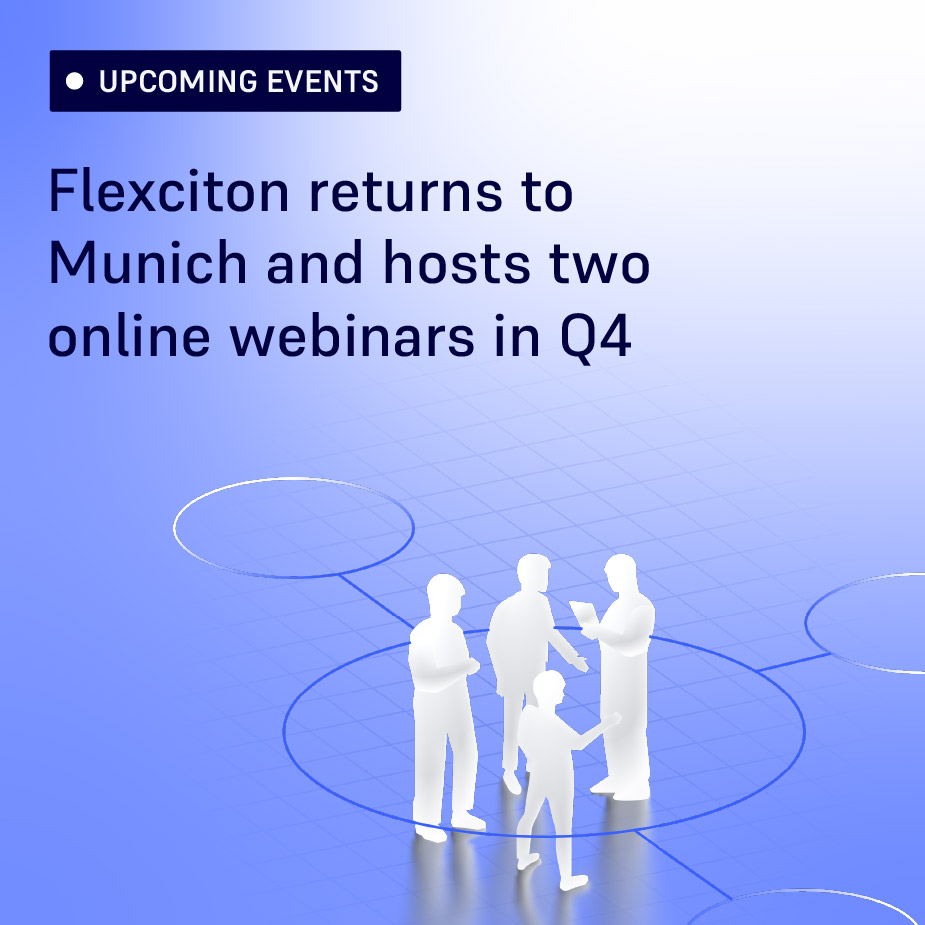
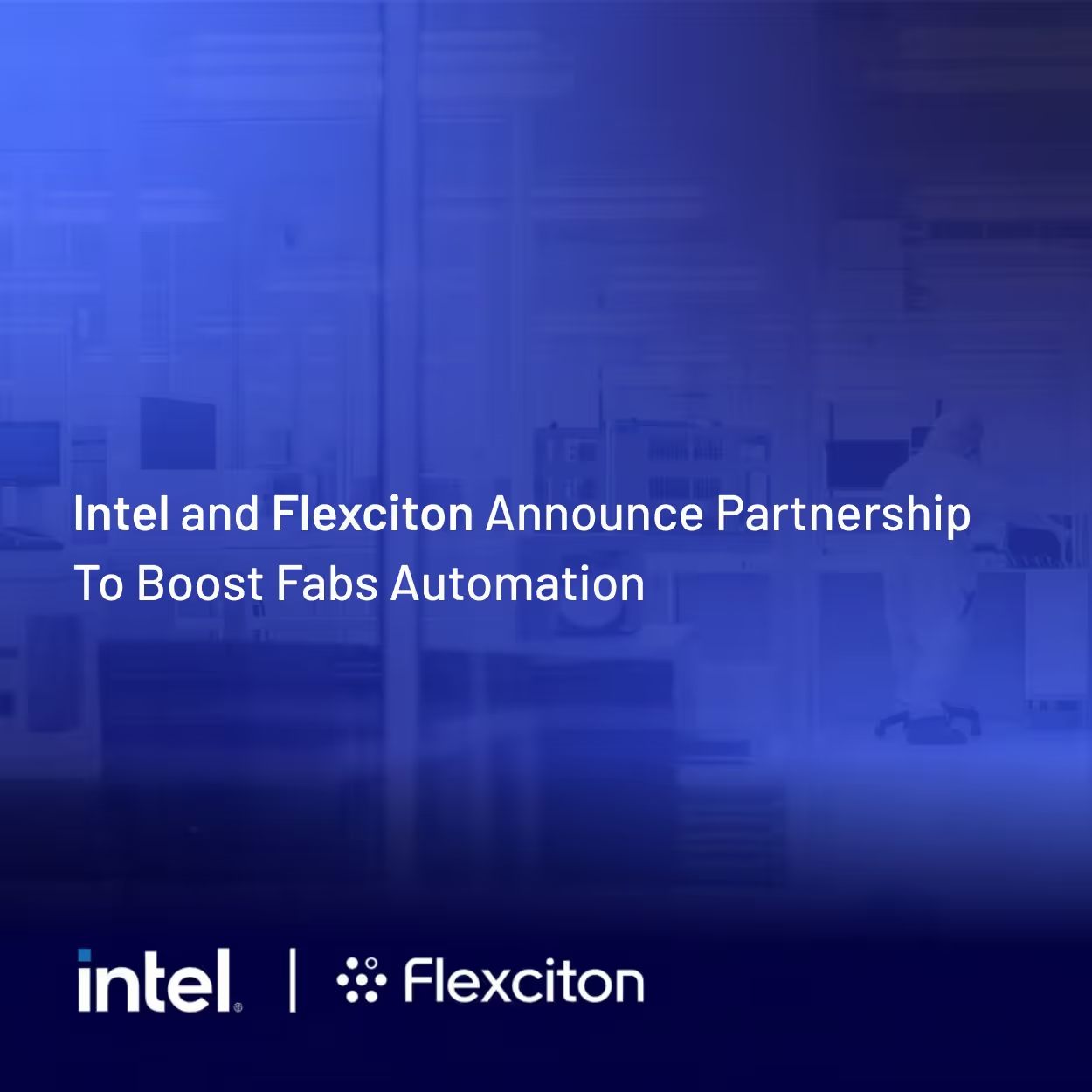



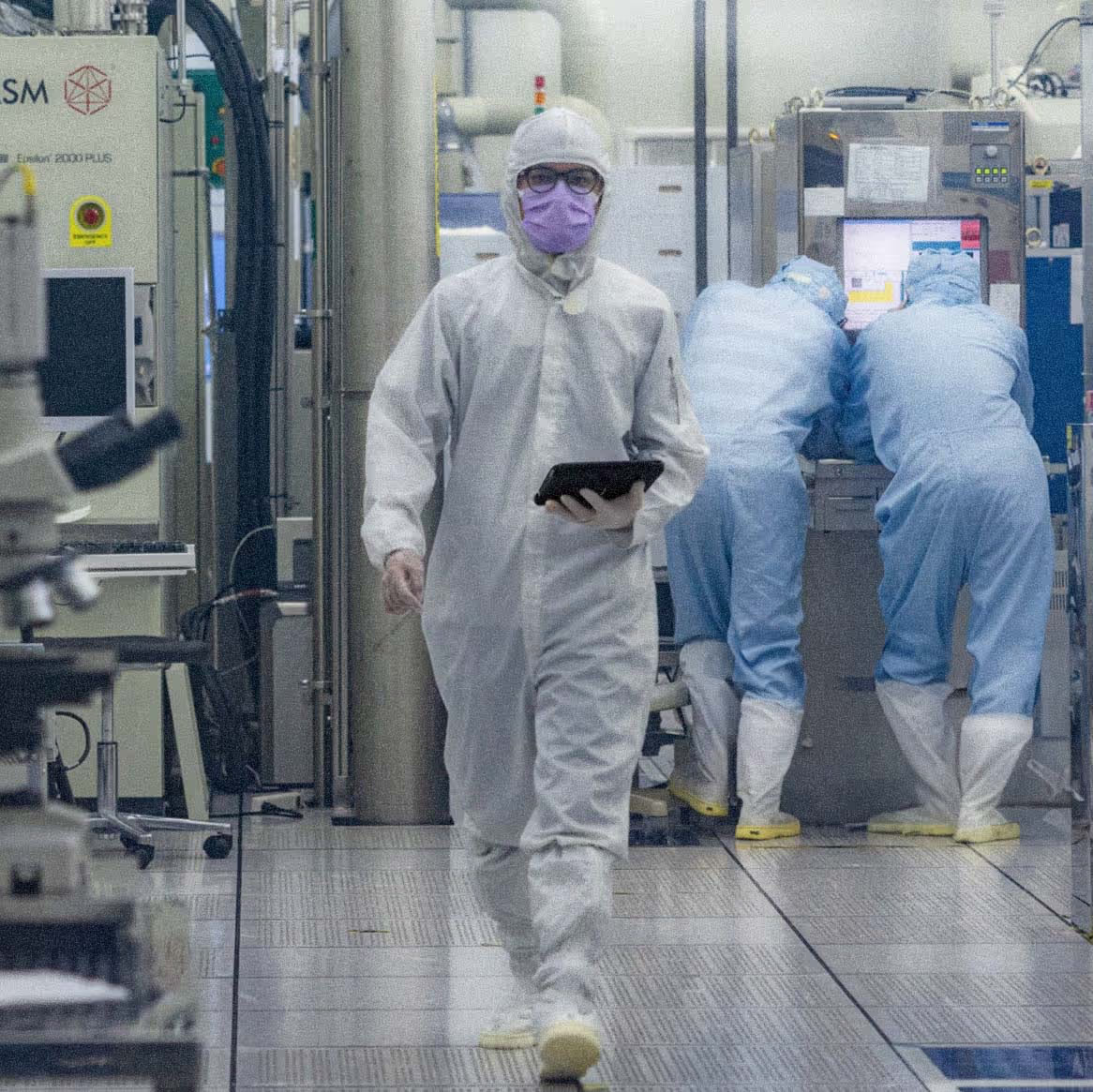

.avif)
.avif)
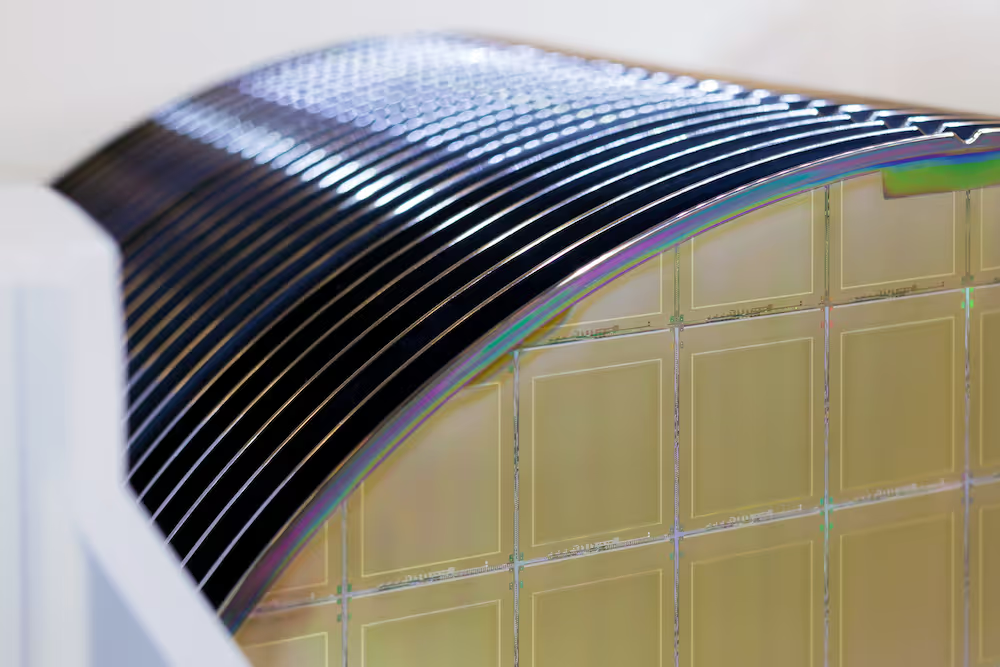



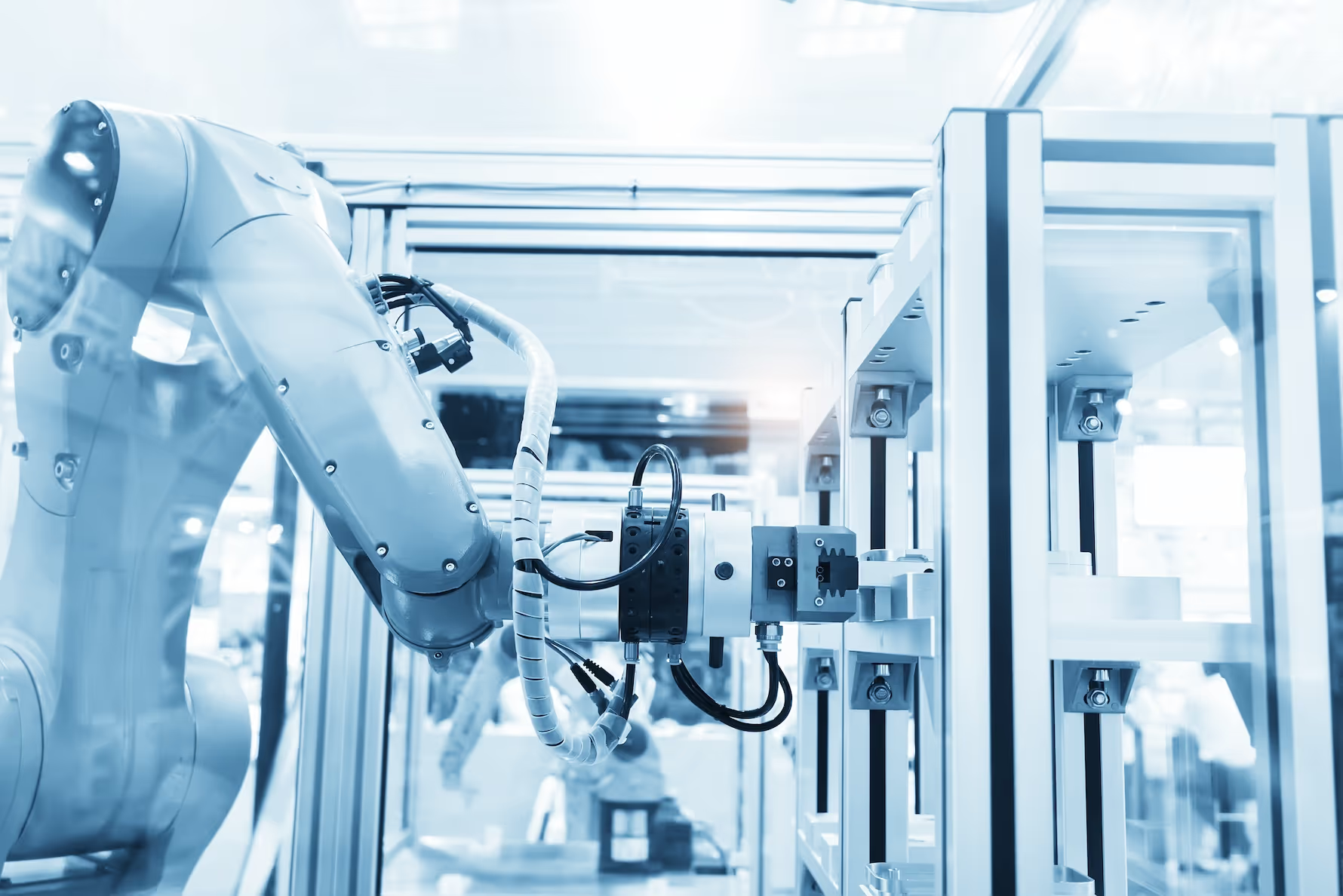
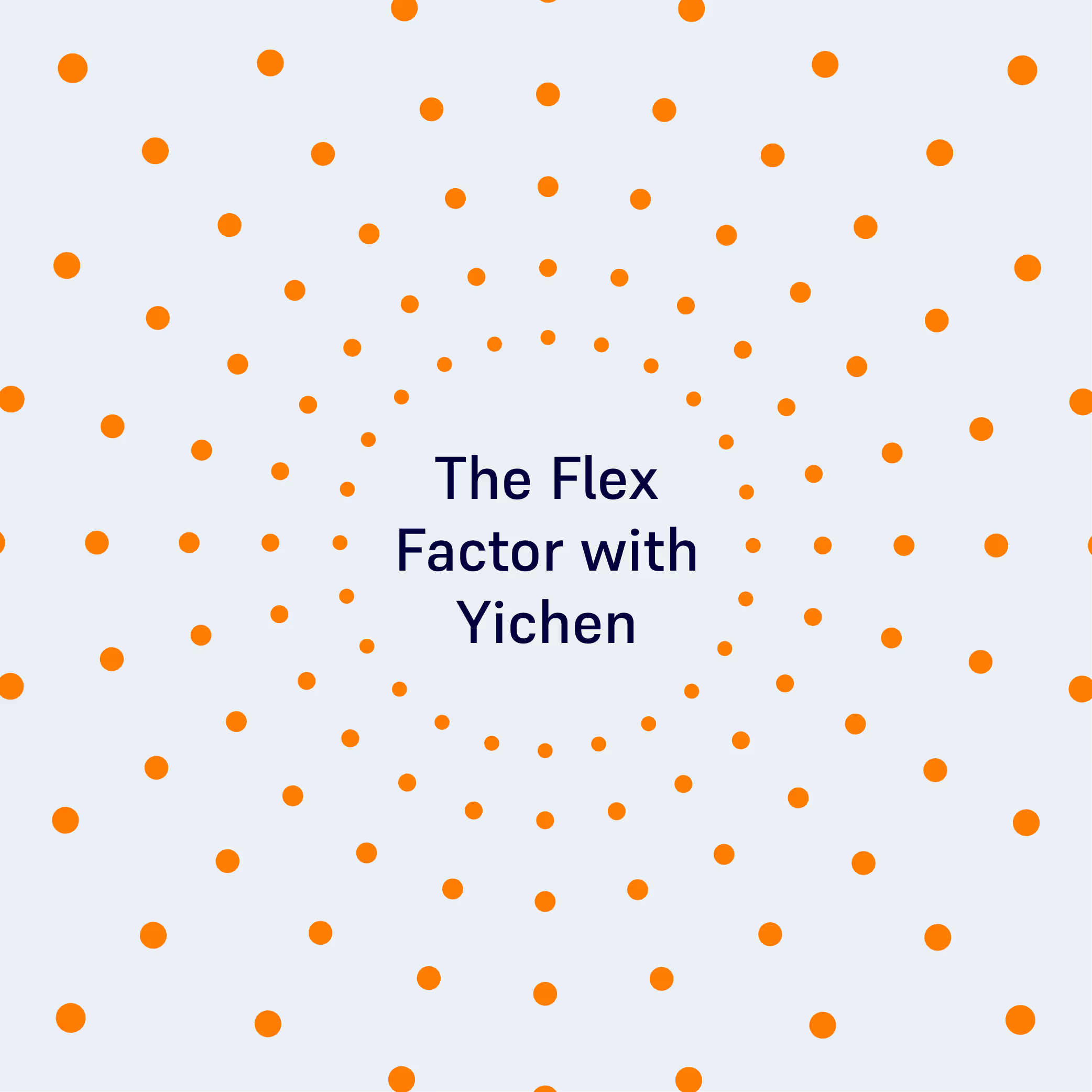
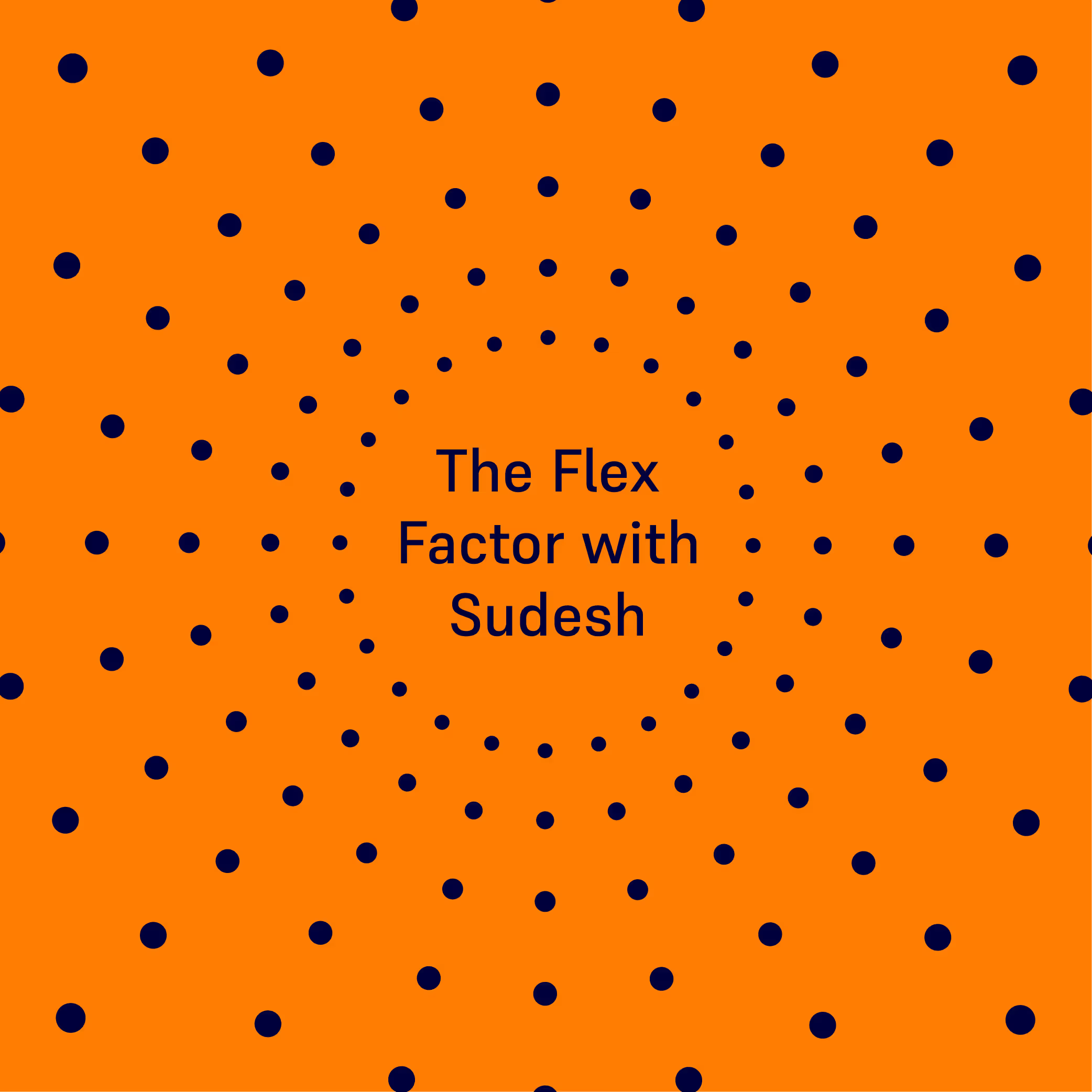


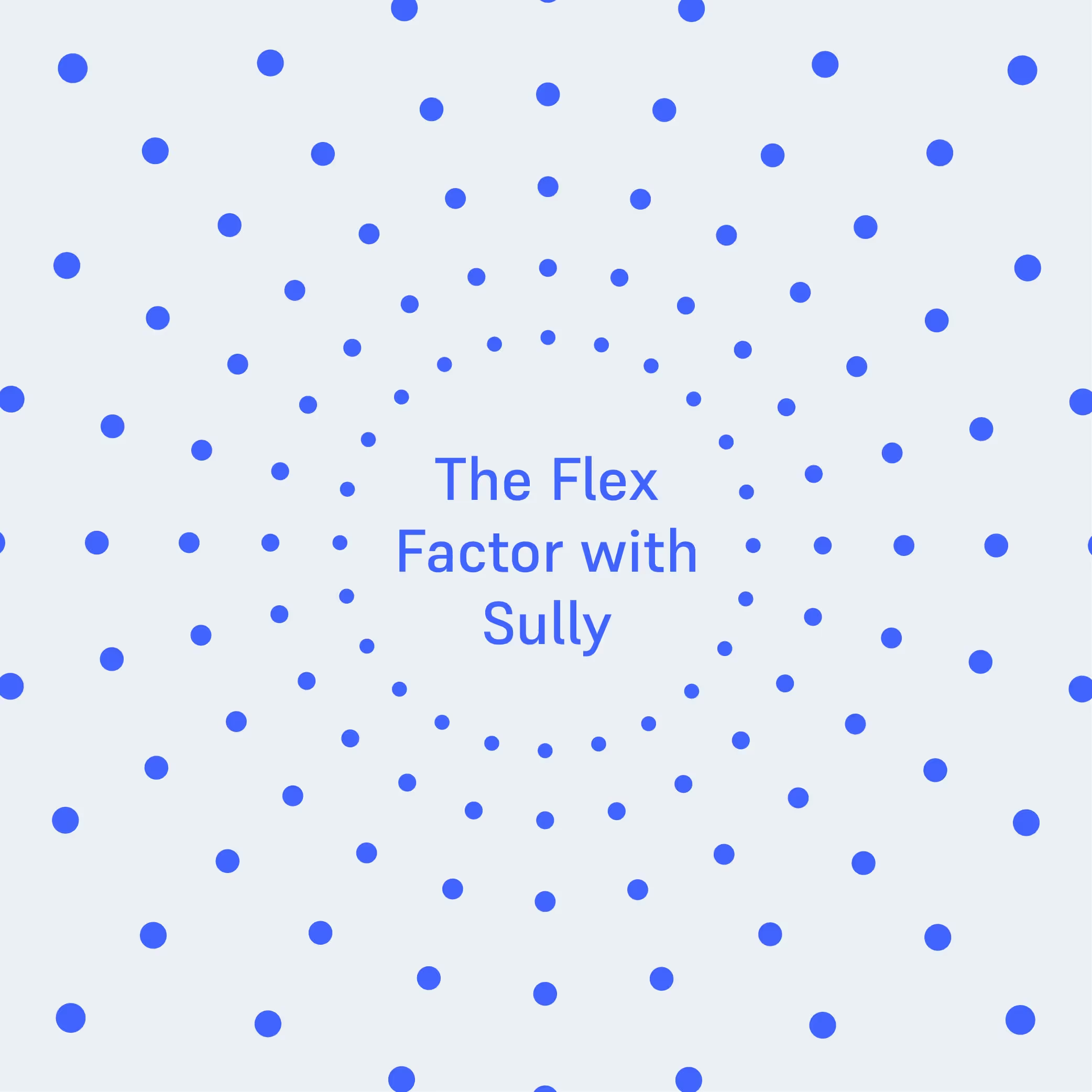
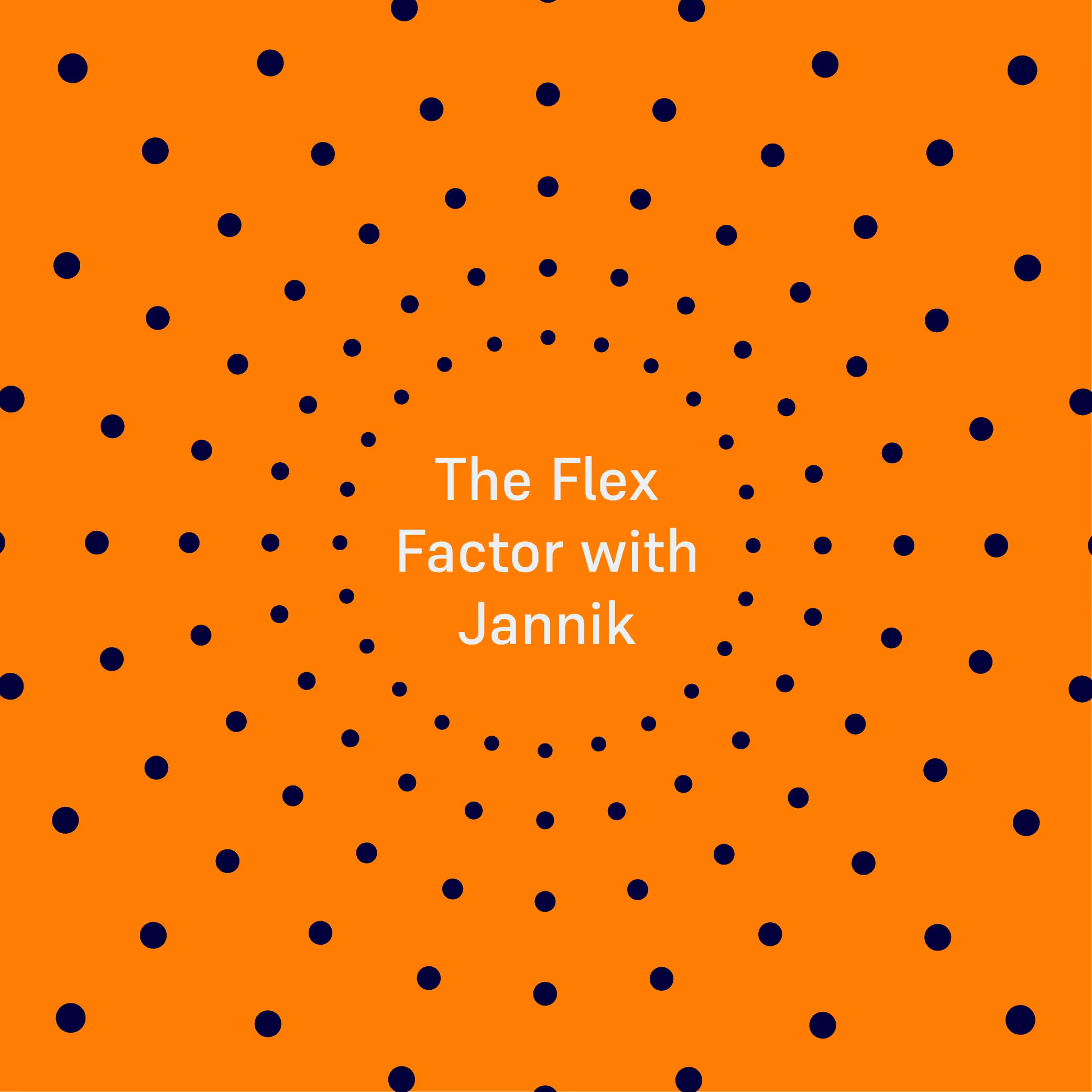
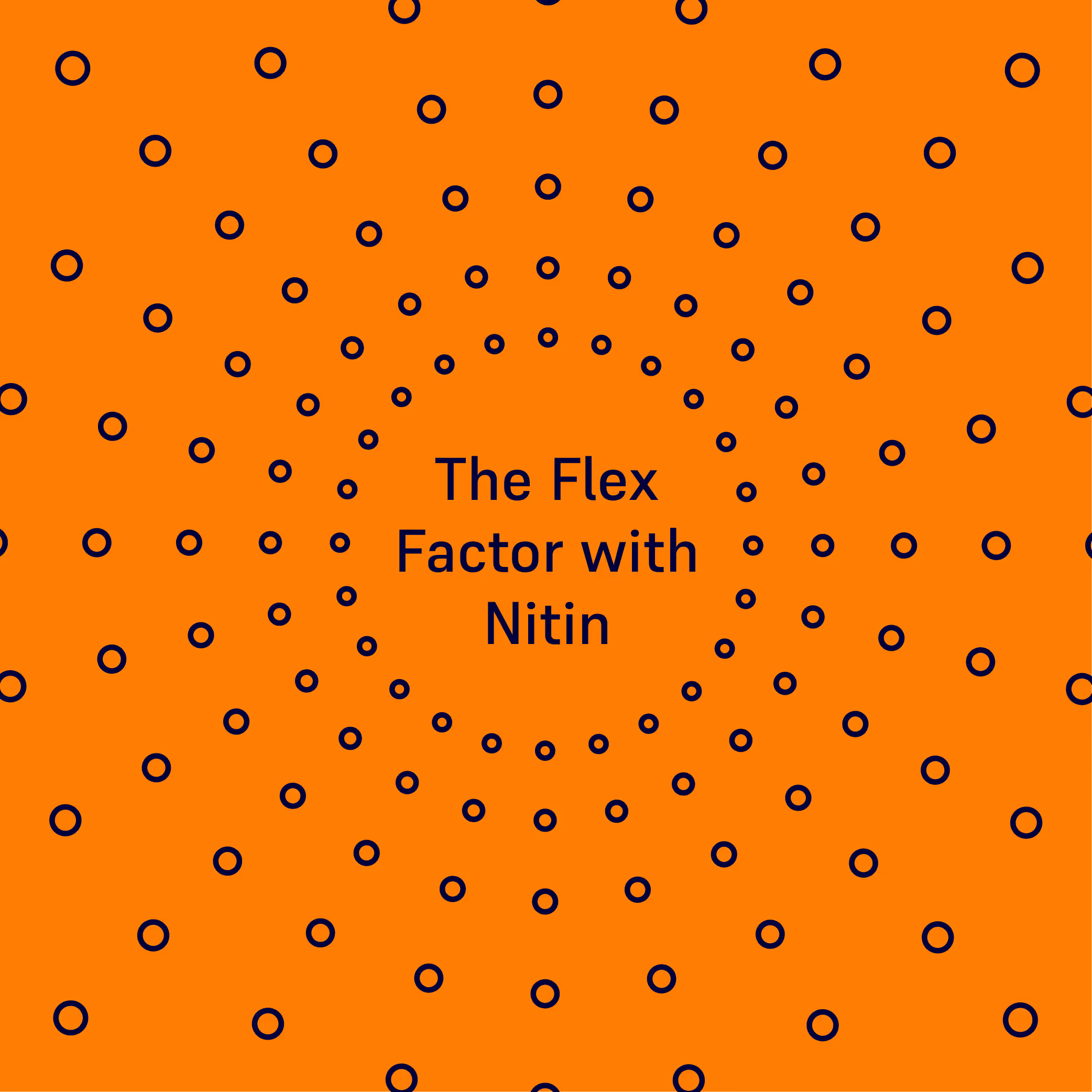




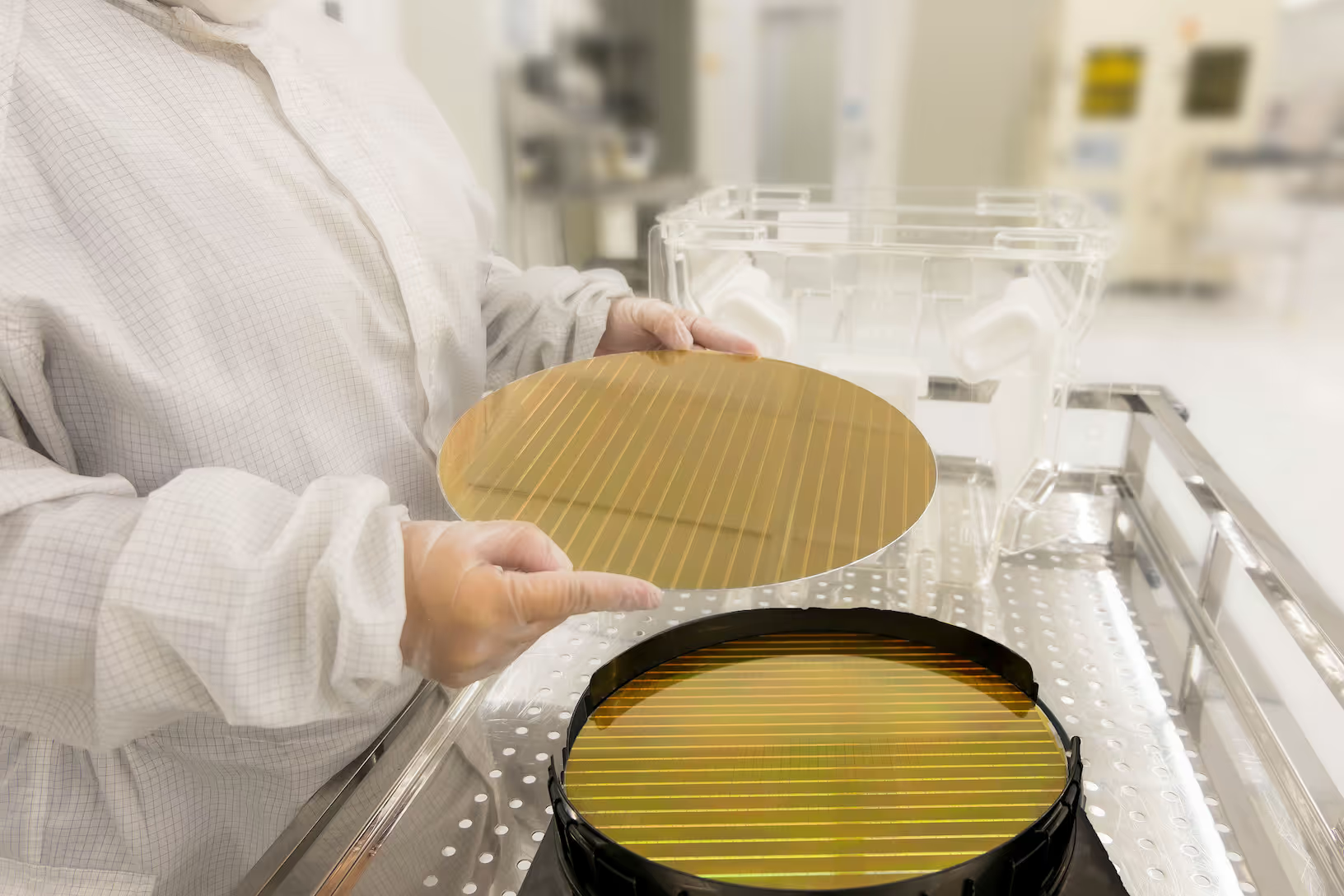


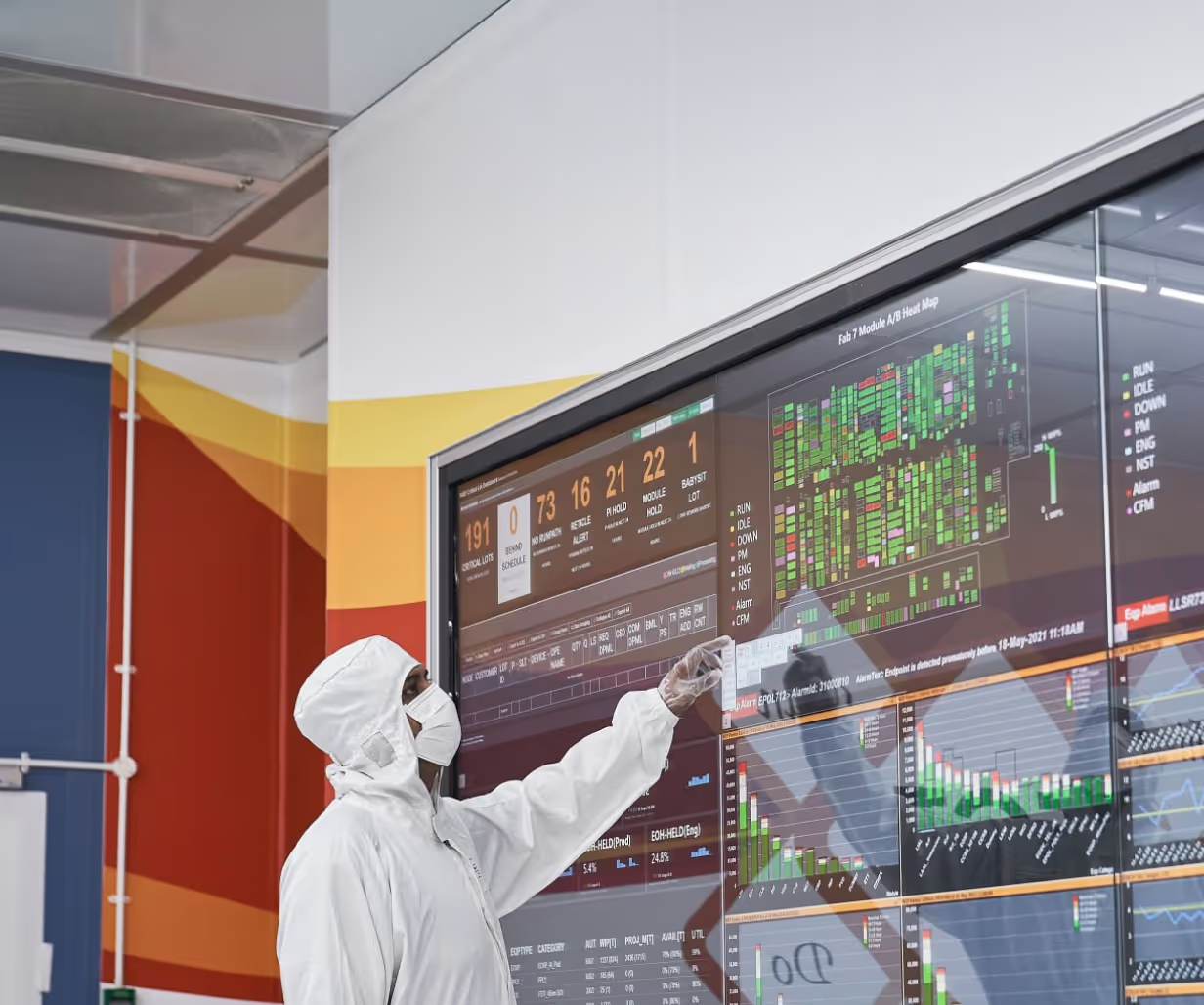


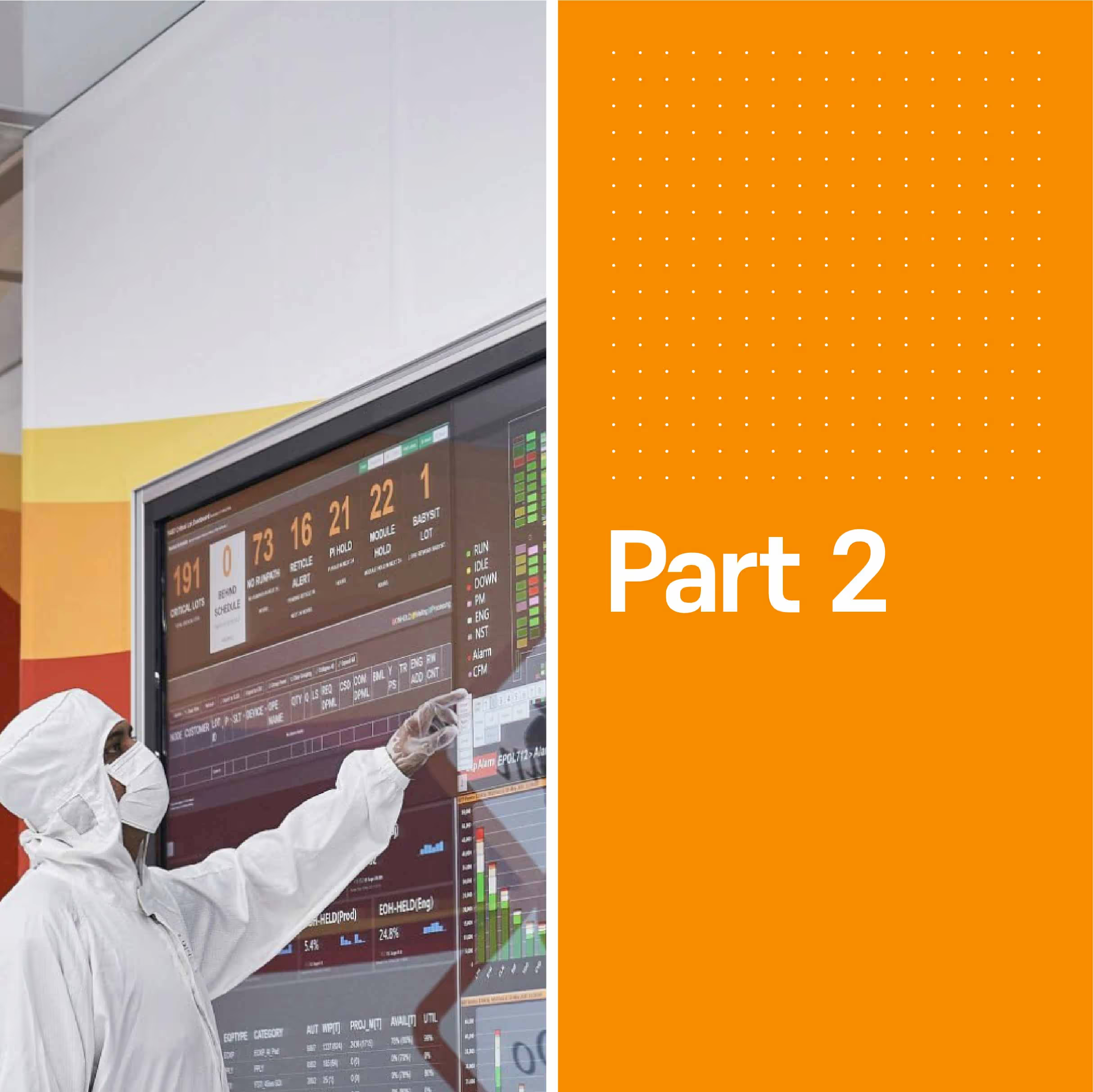

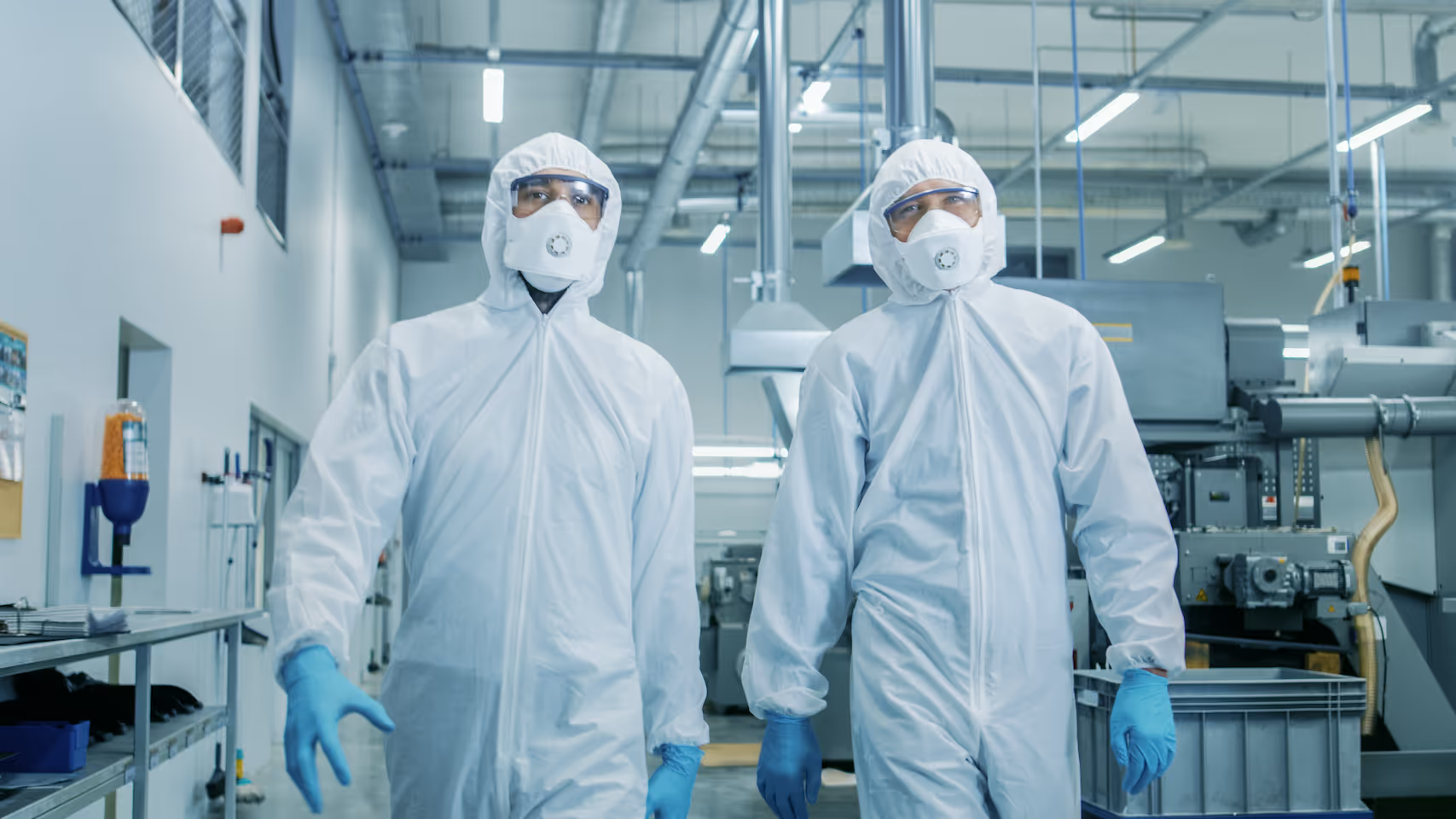

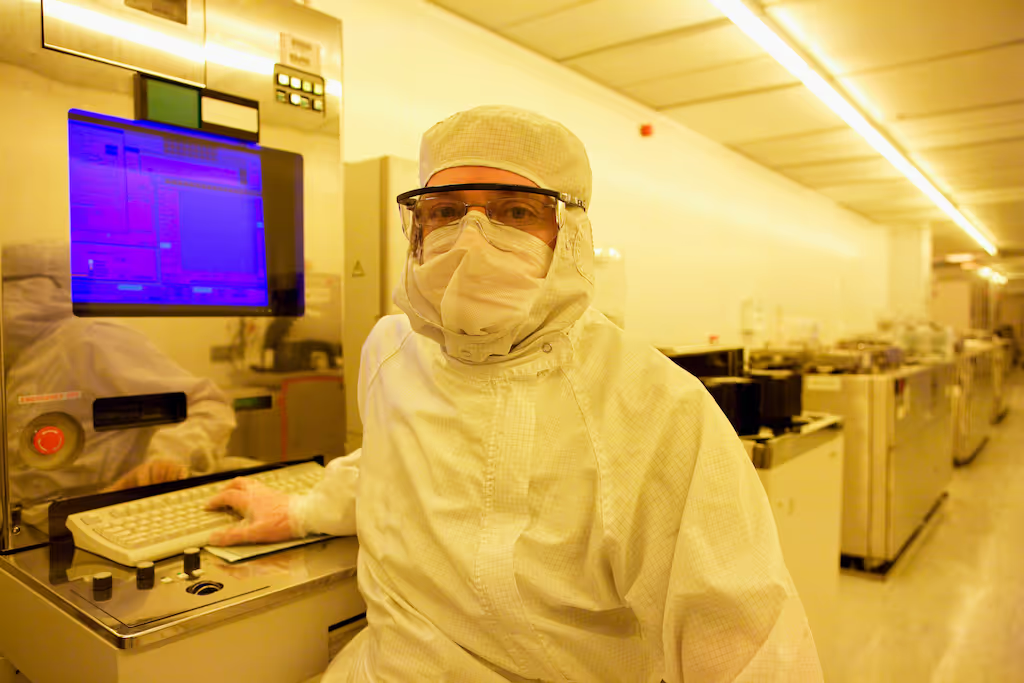
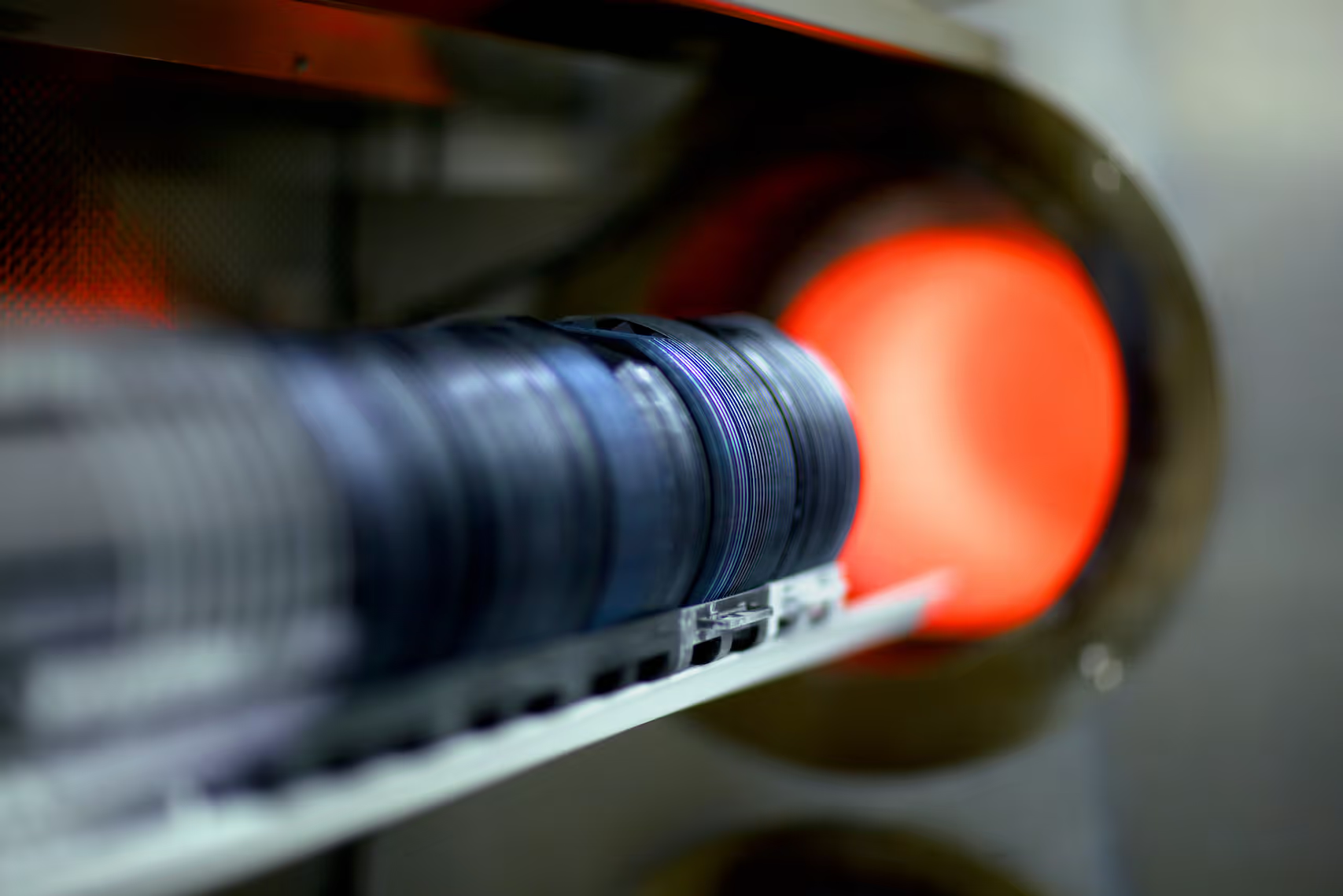
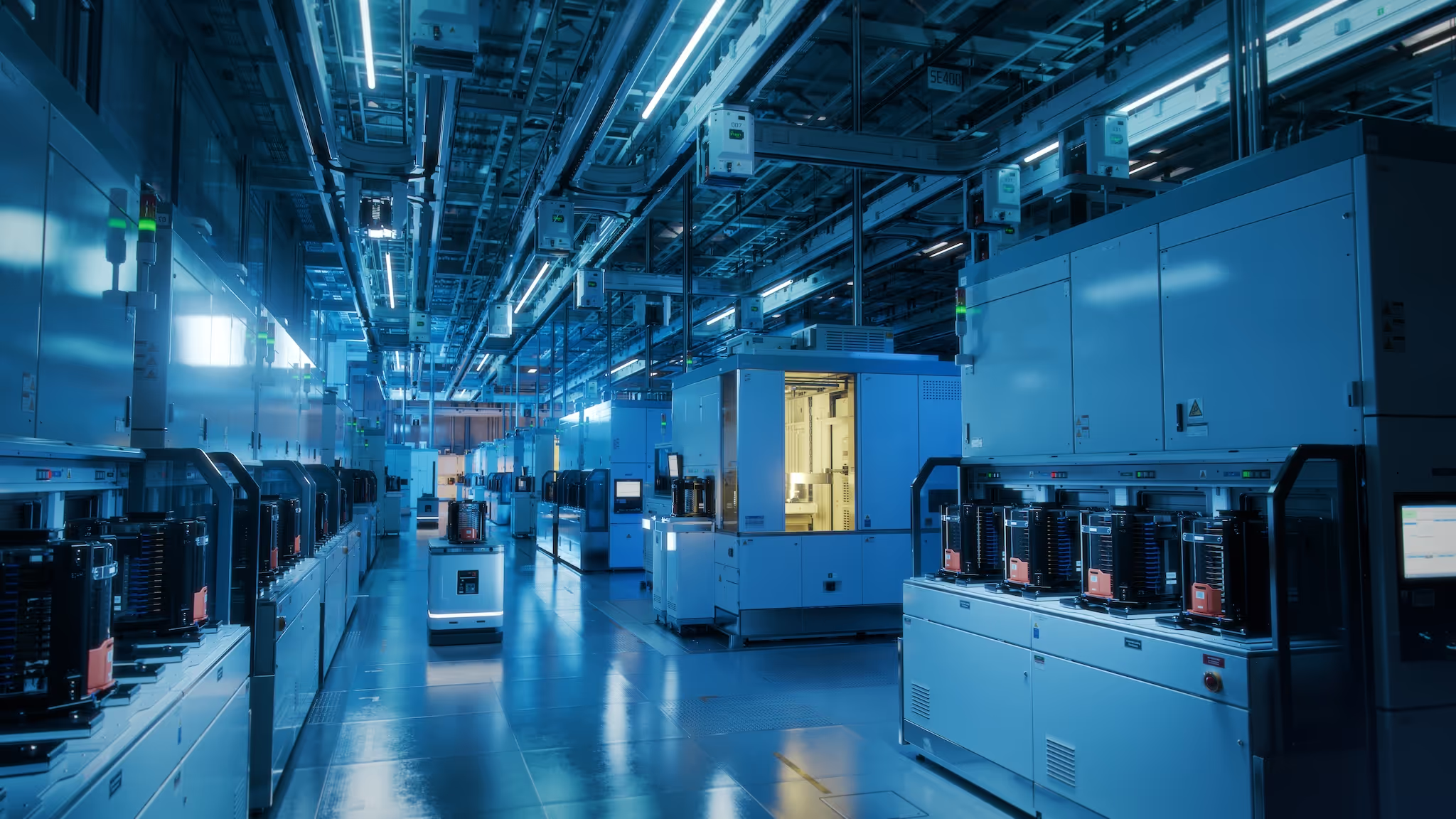

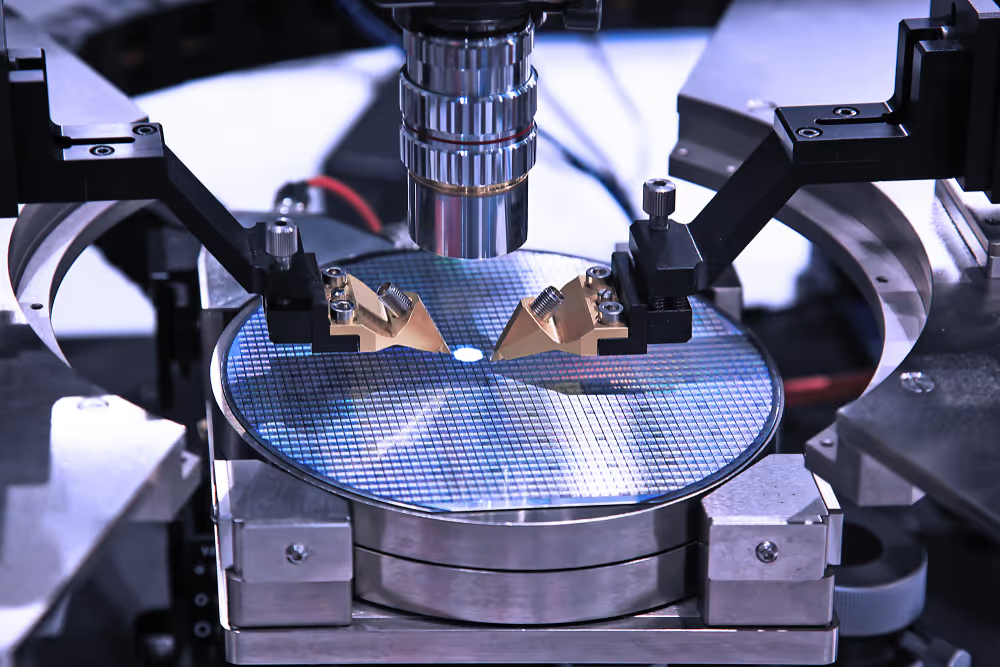
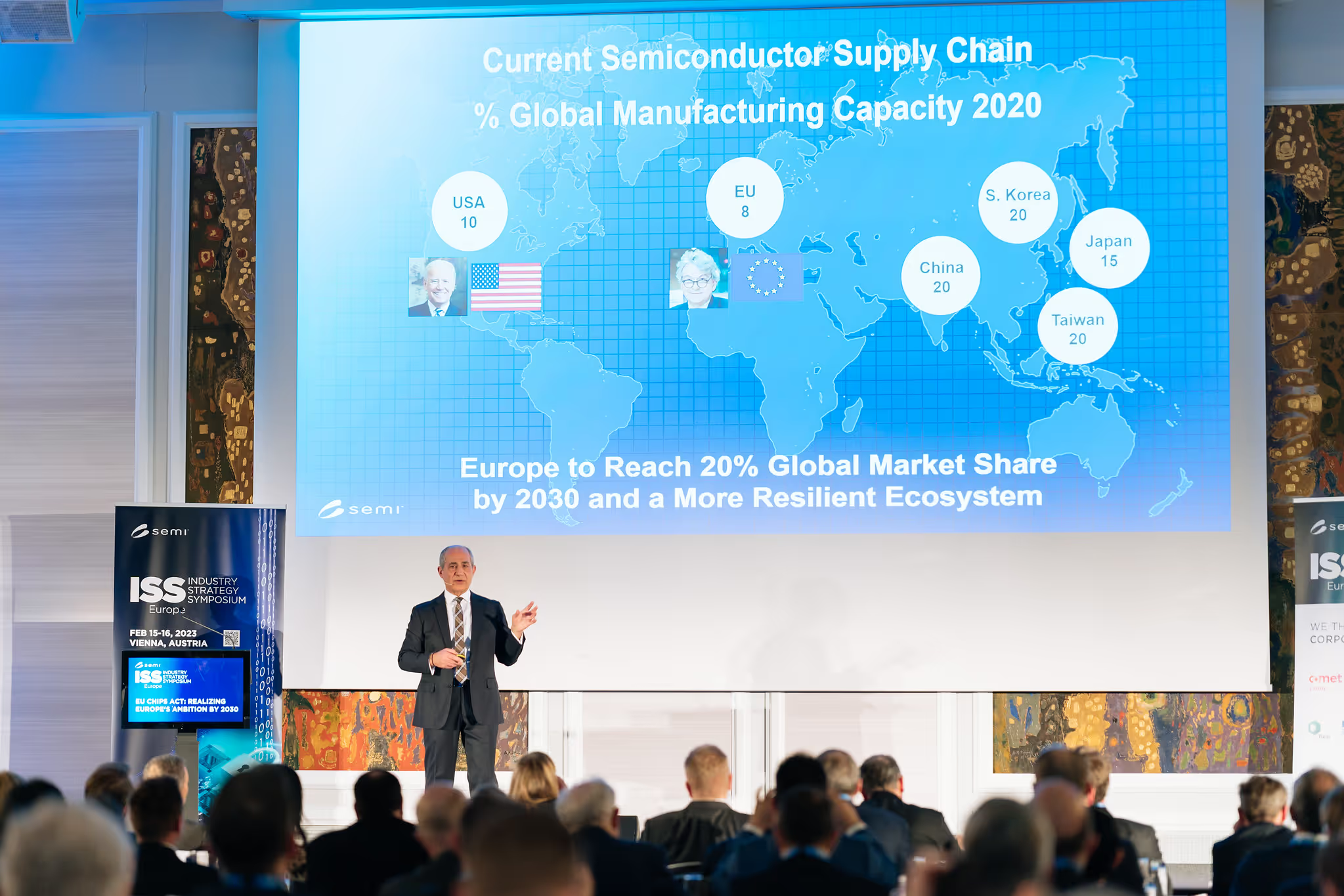

.avif)
